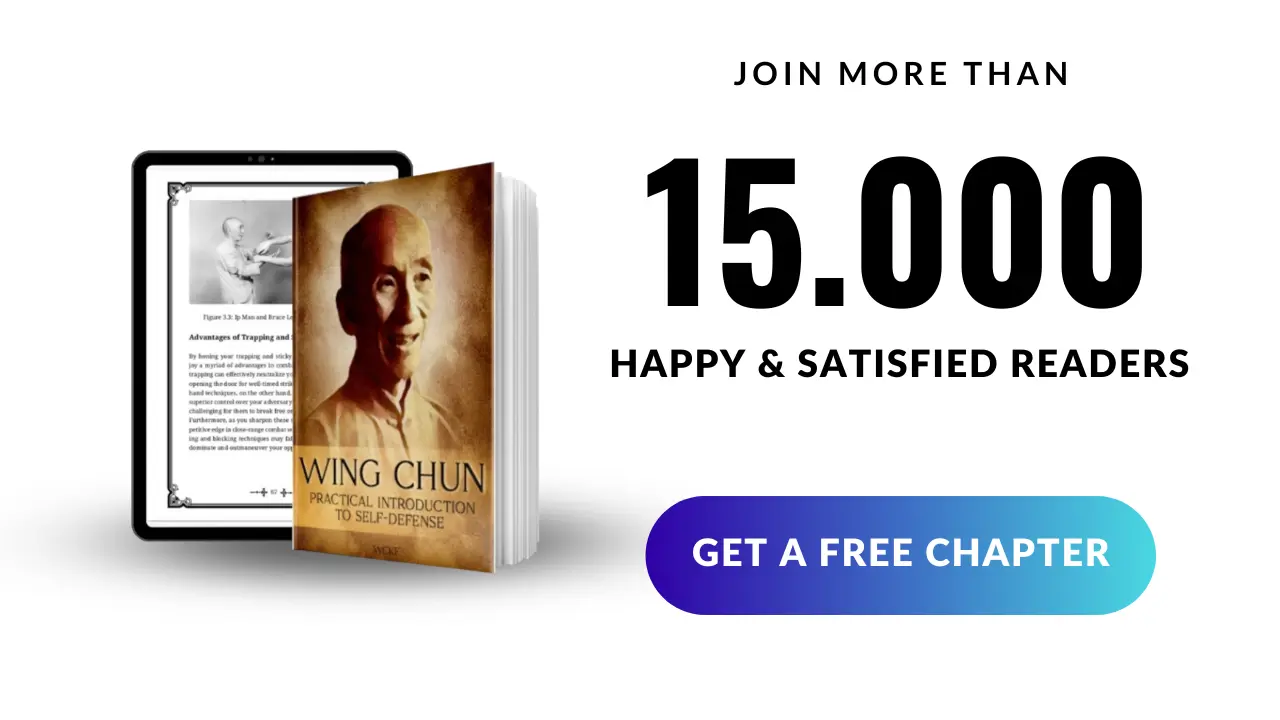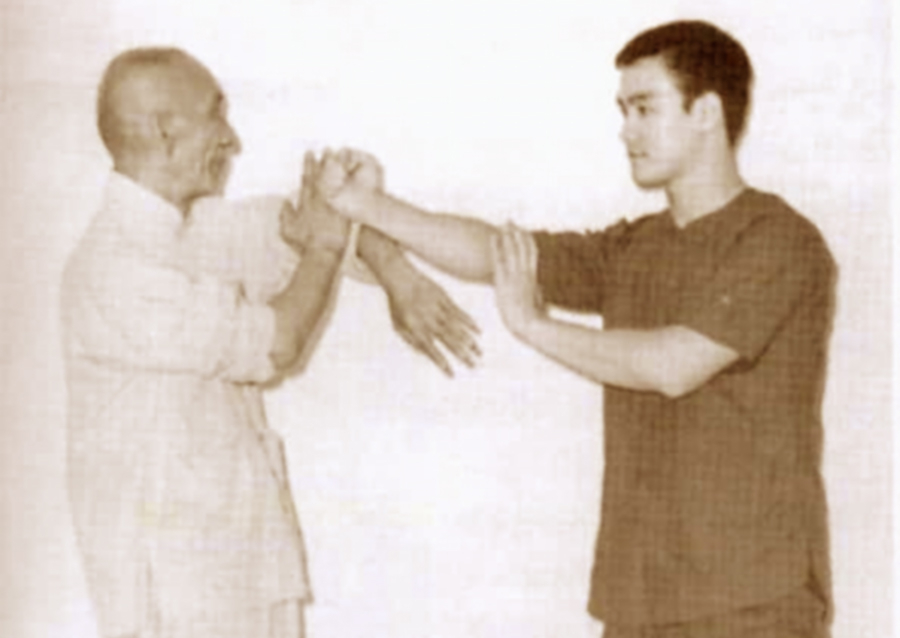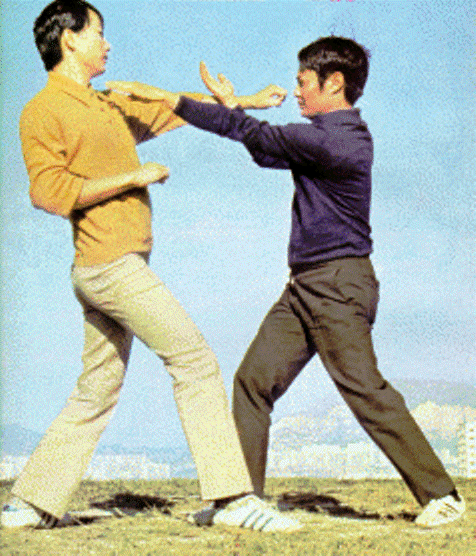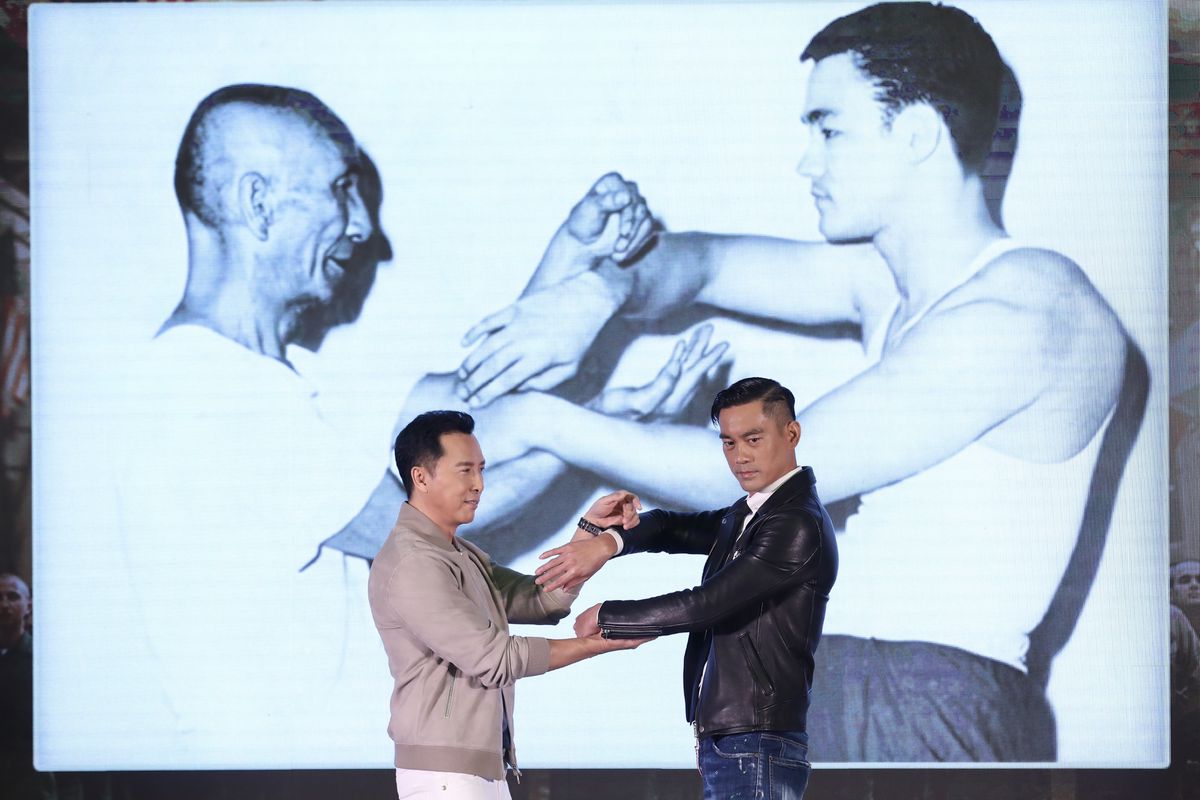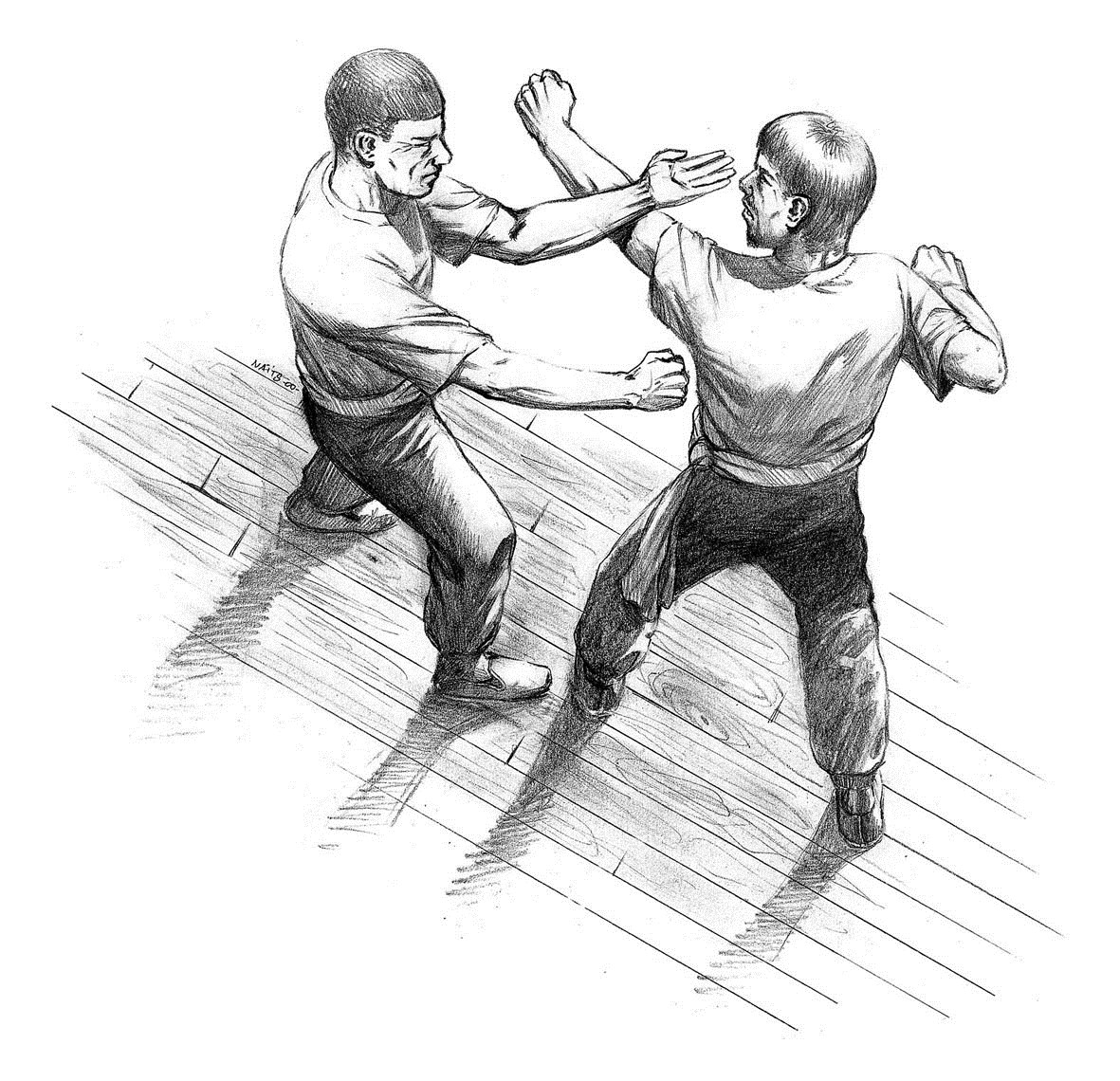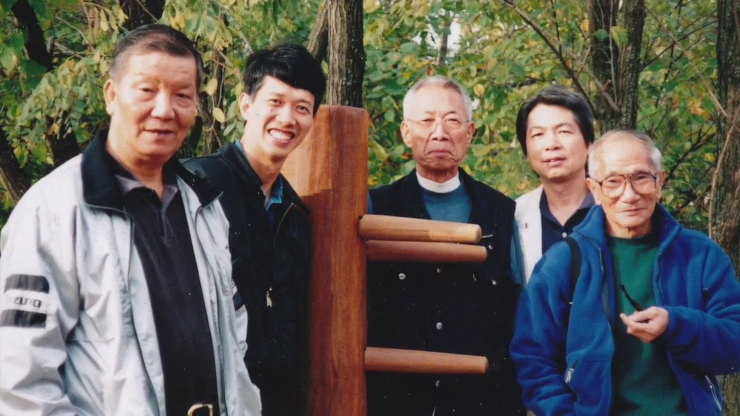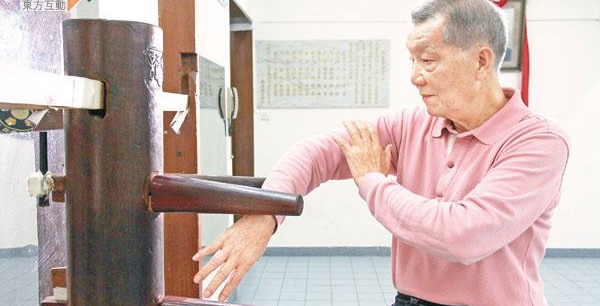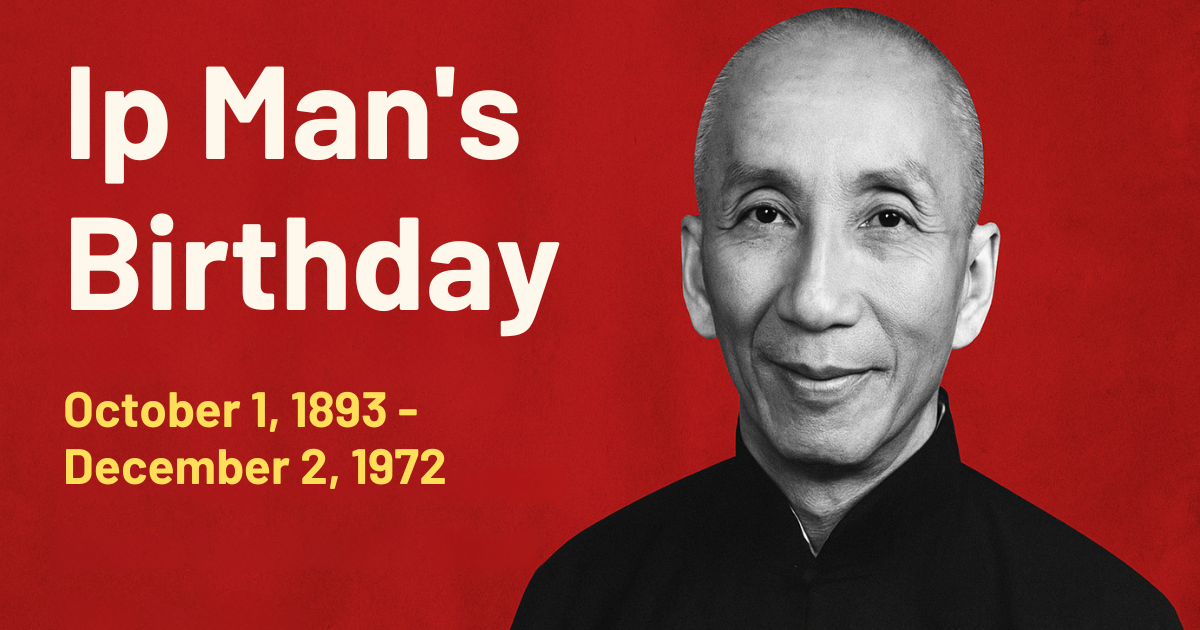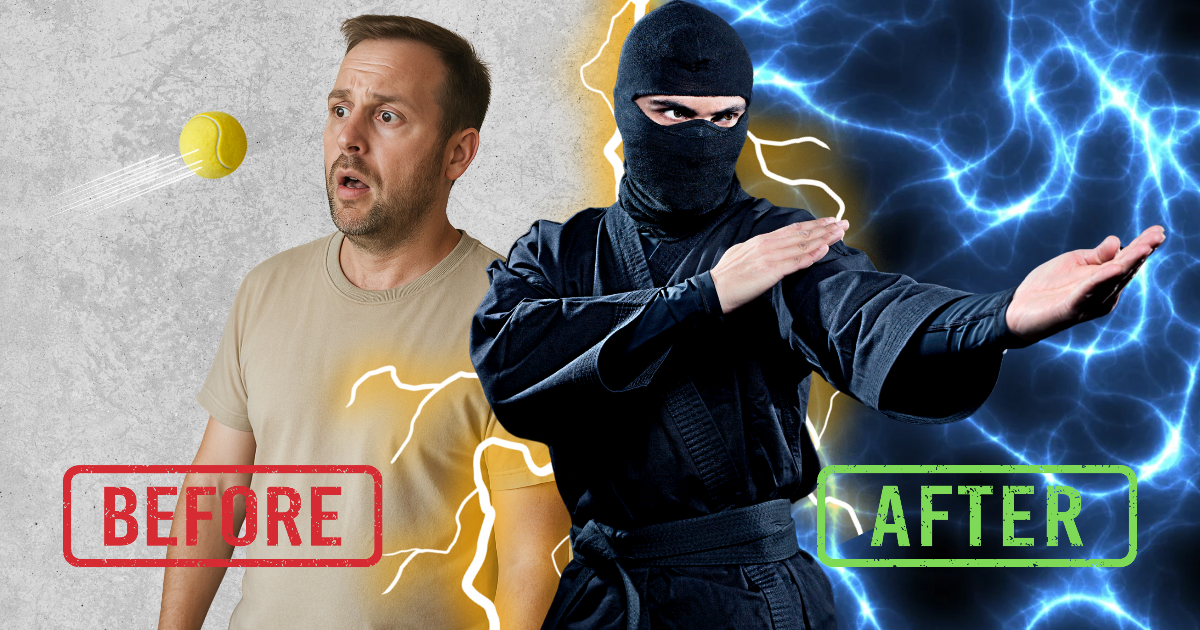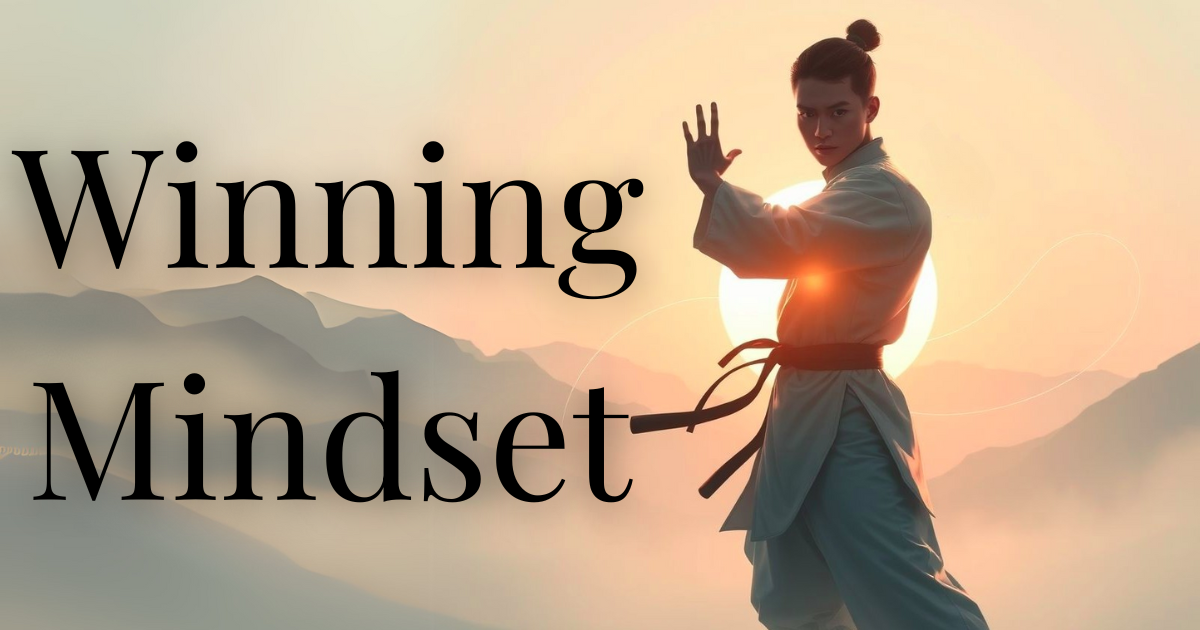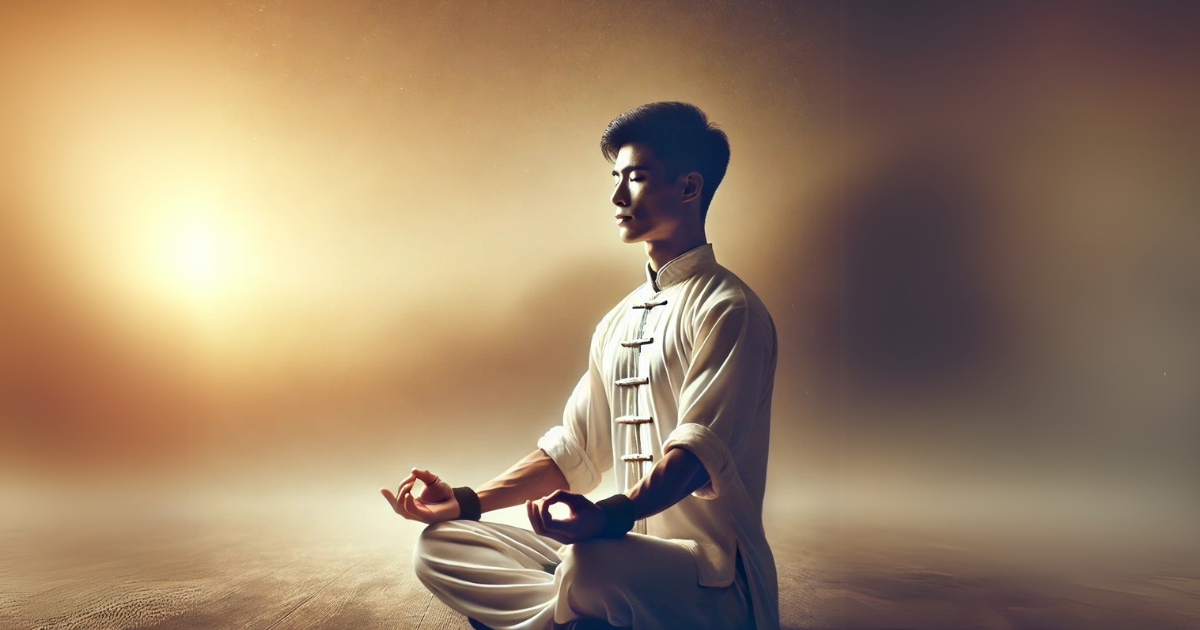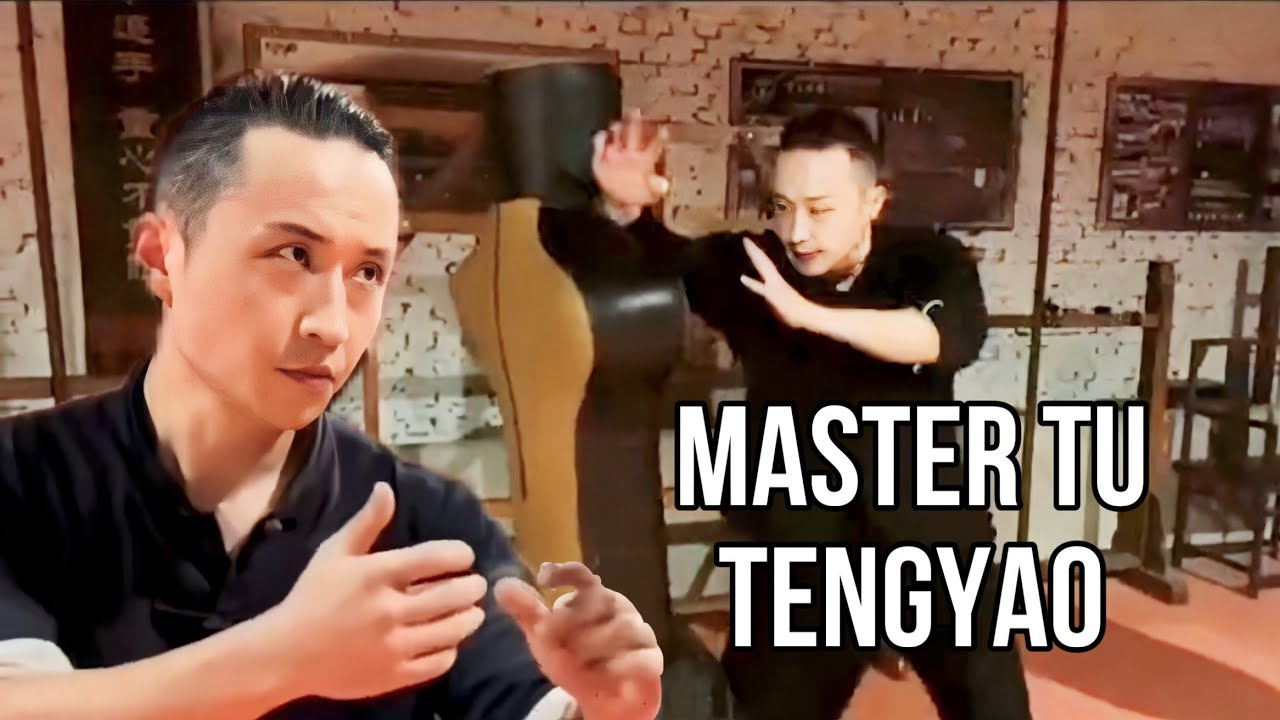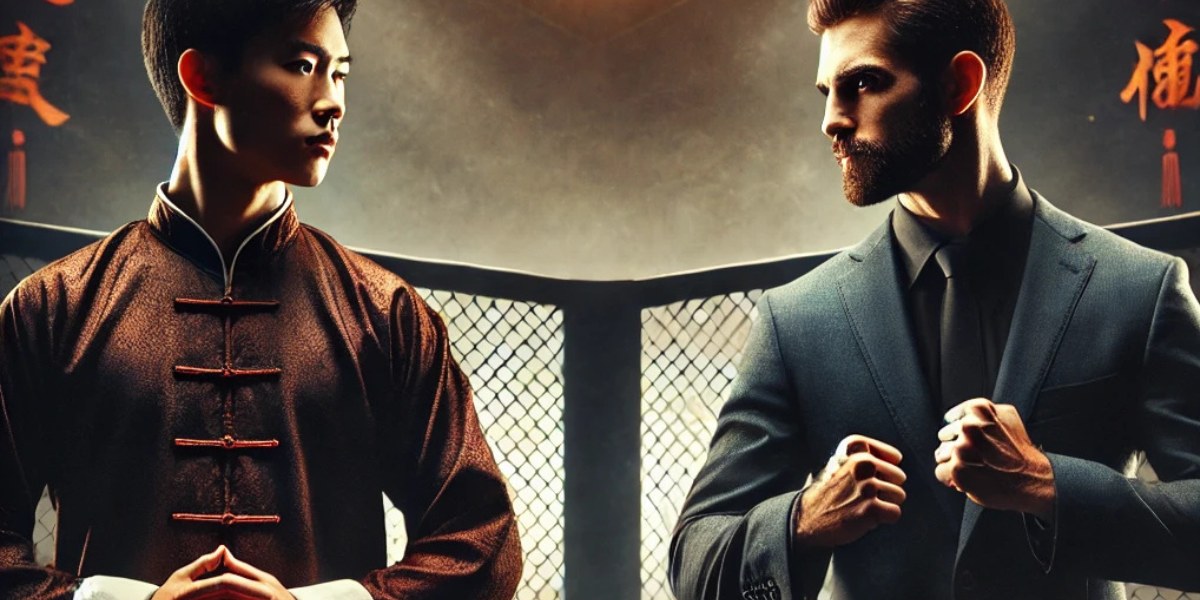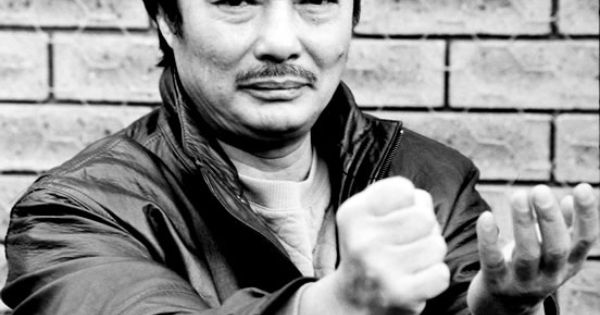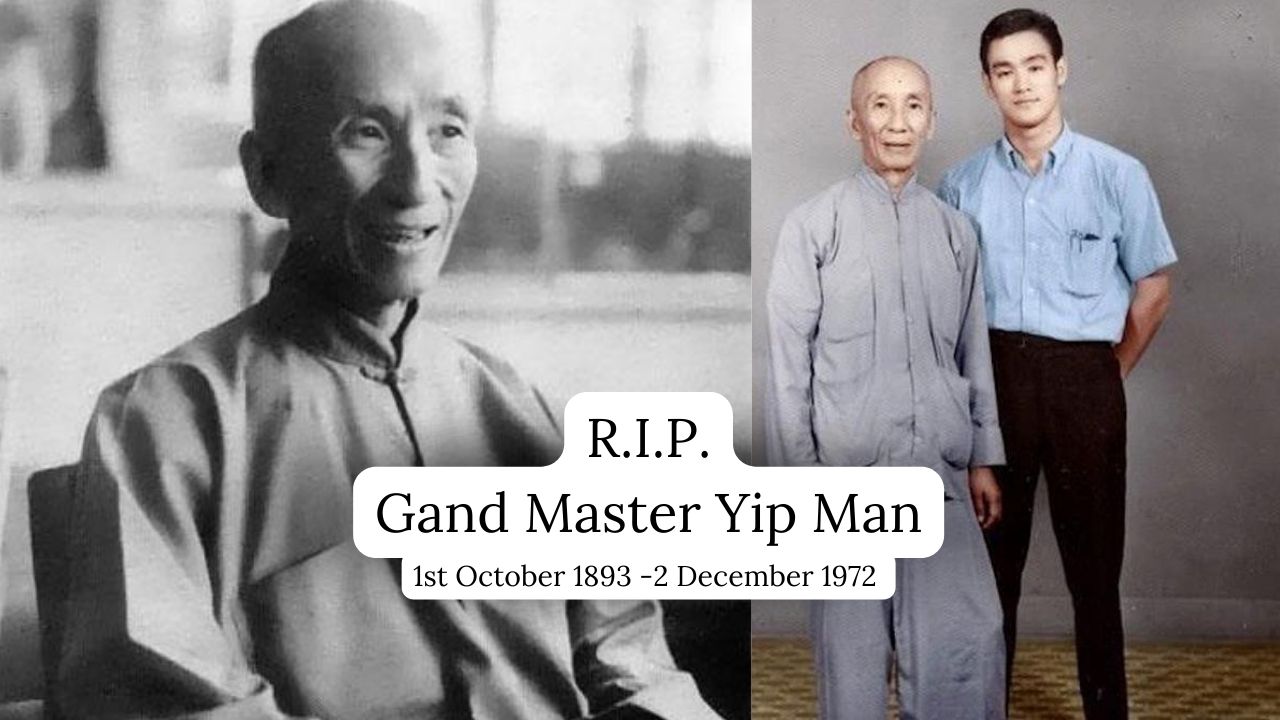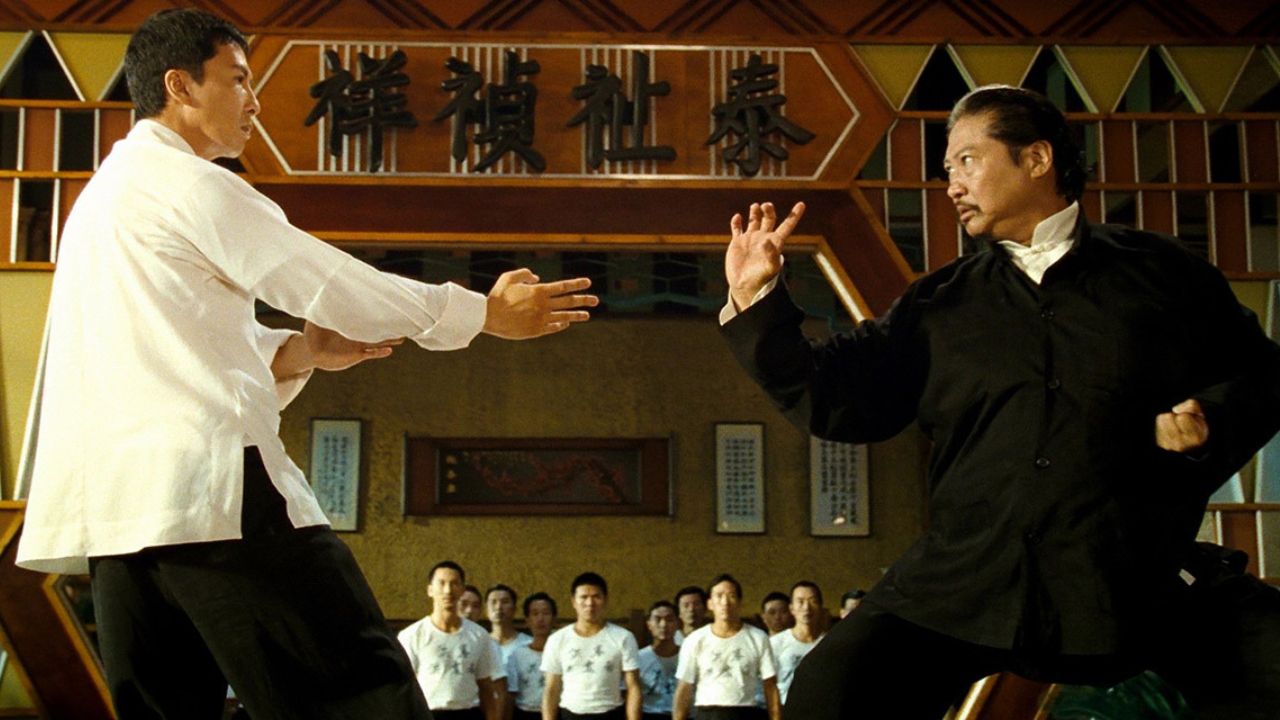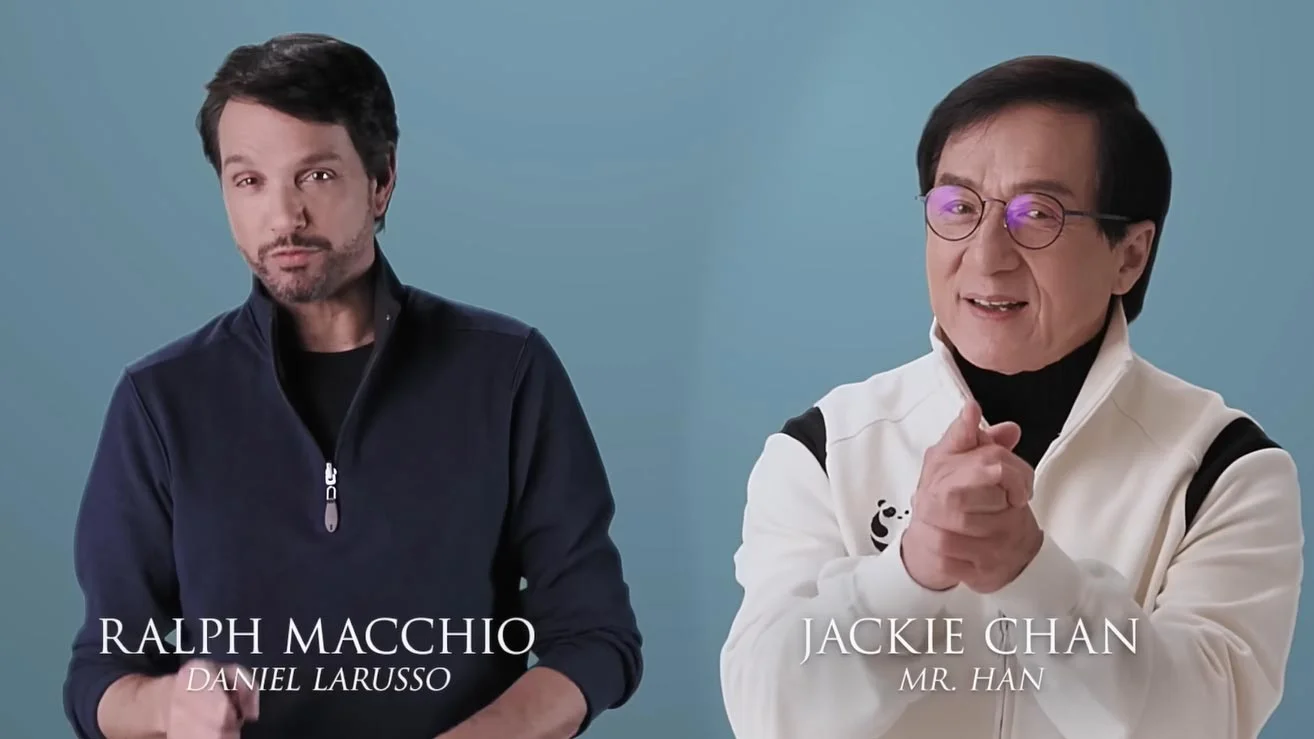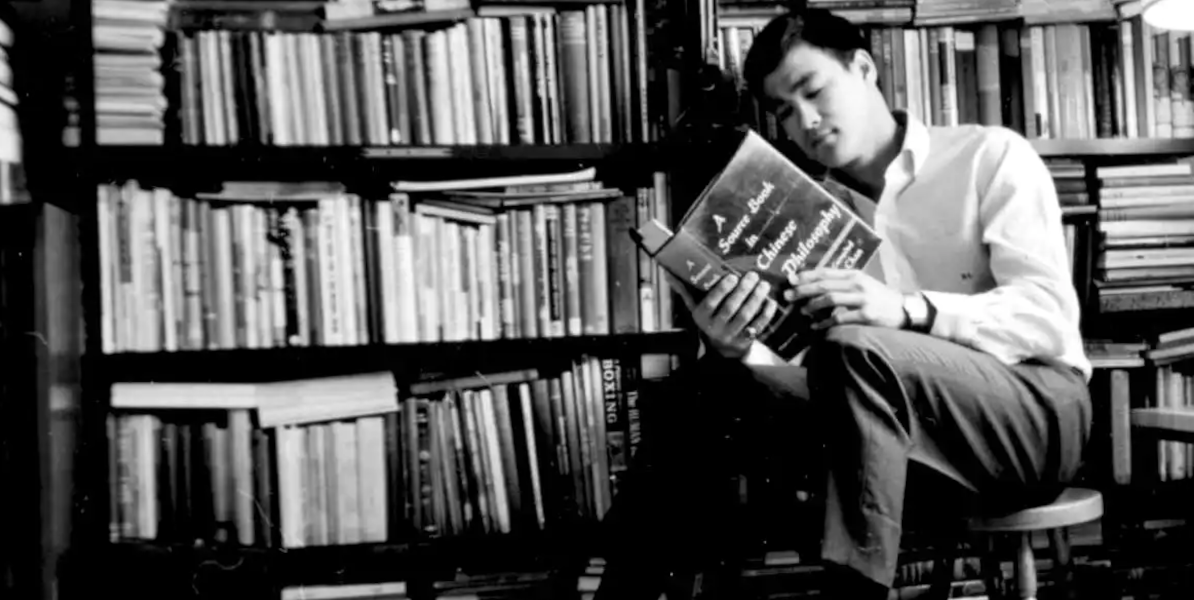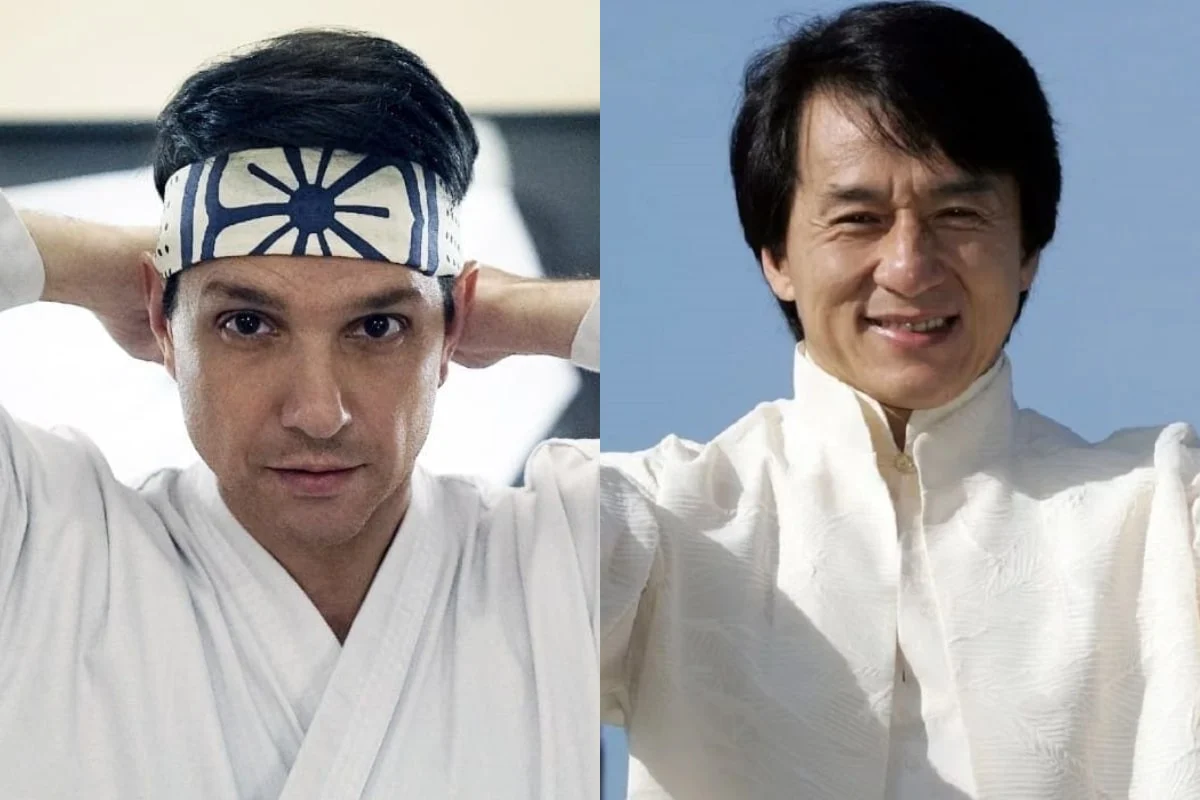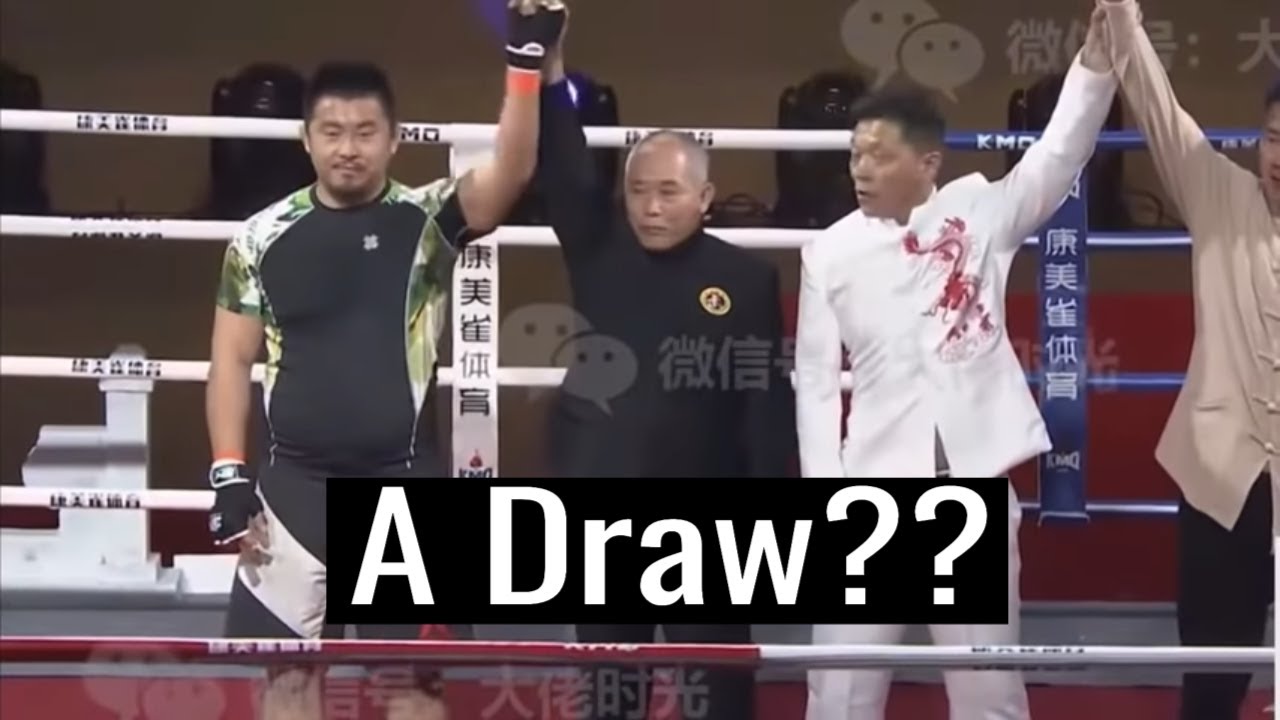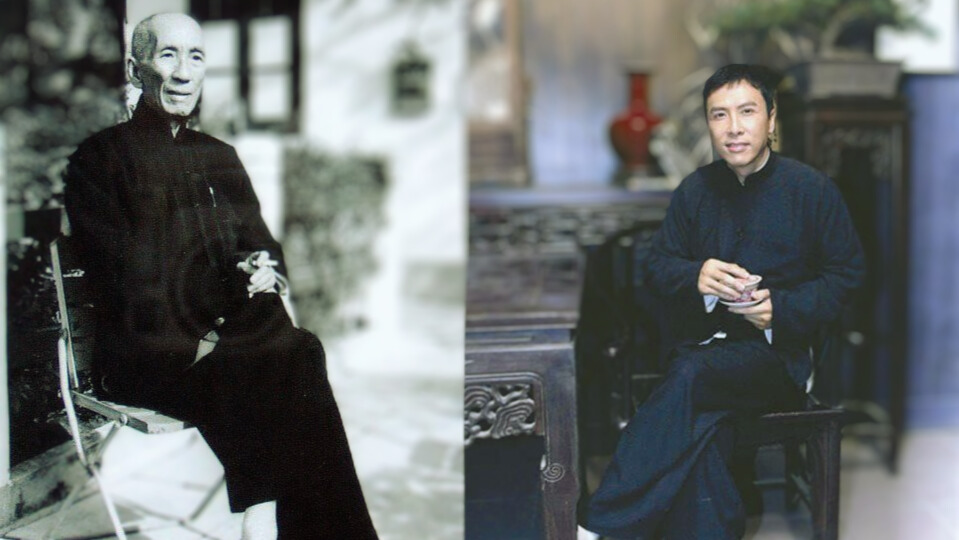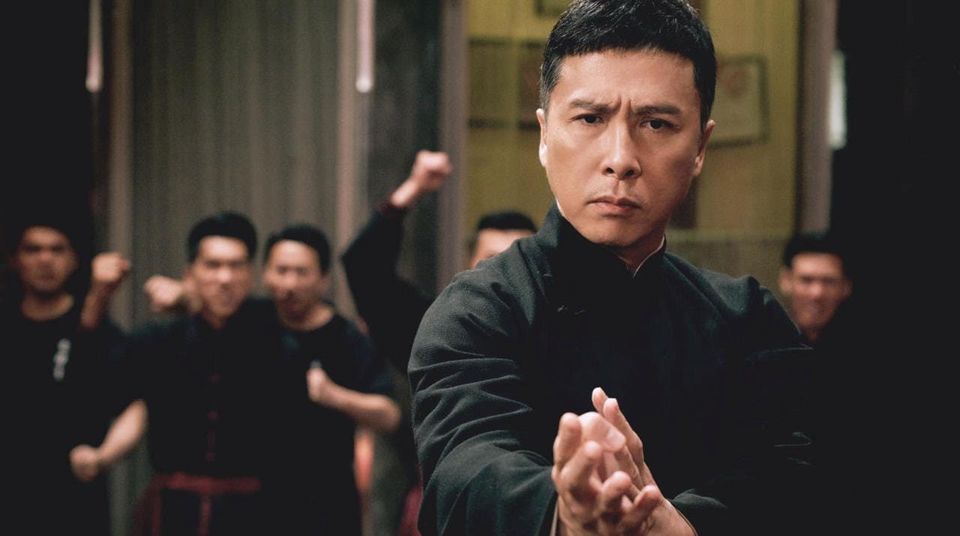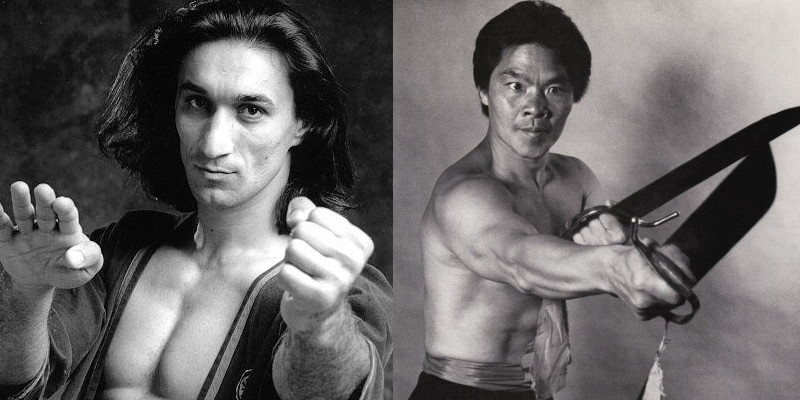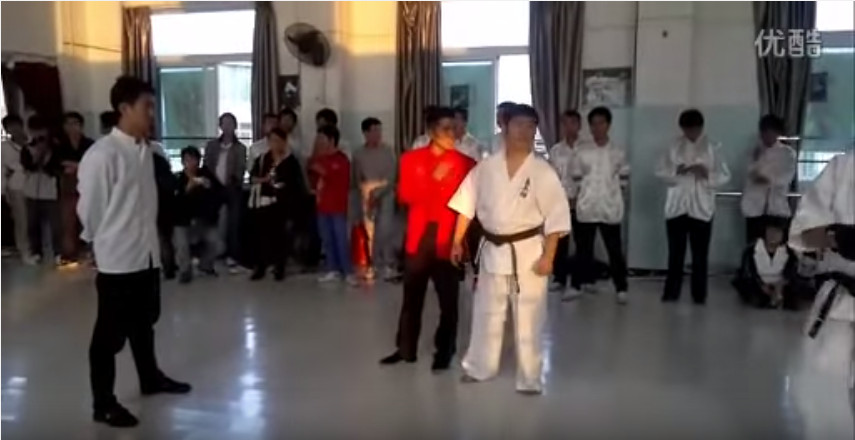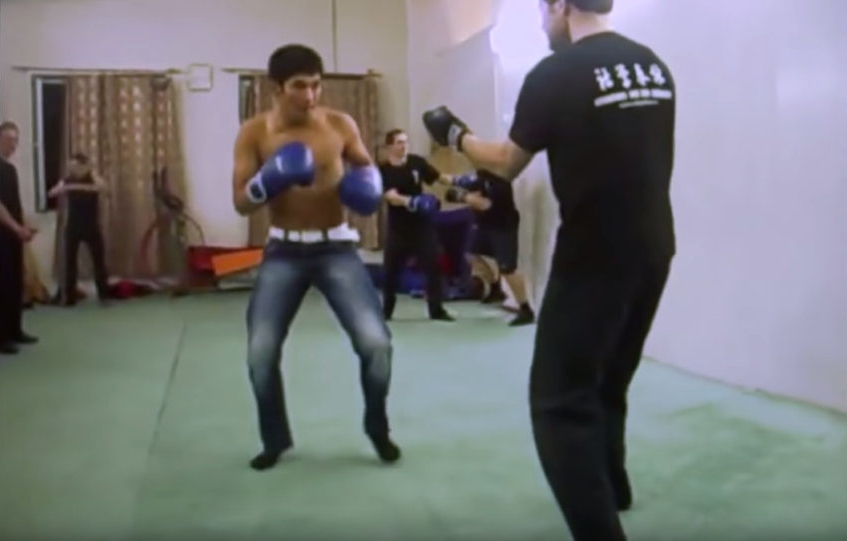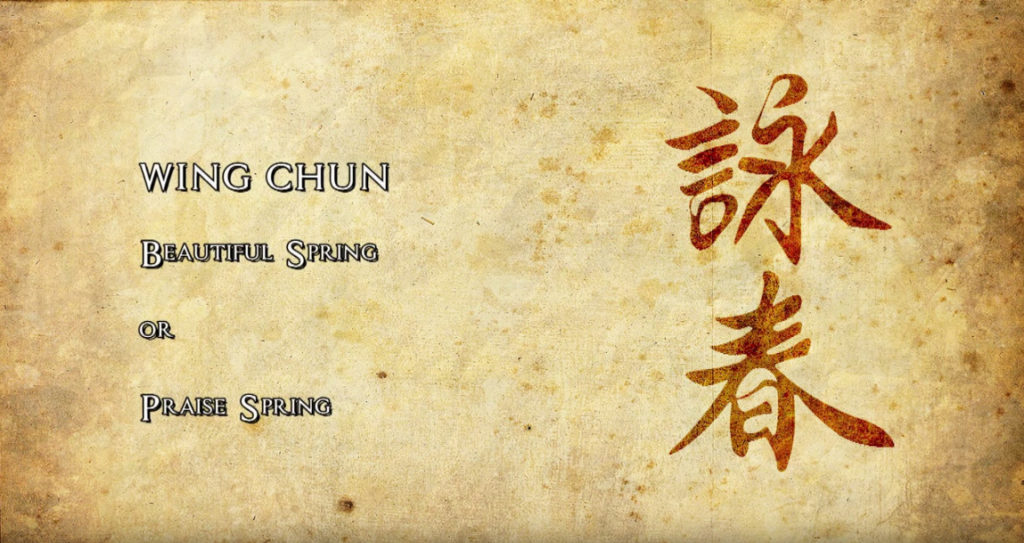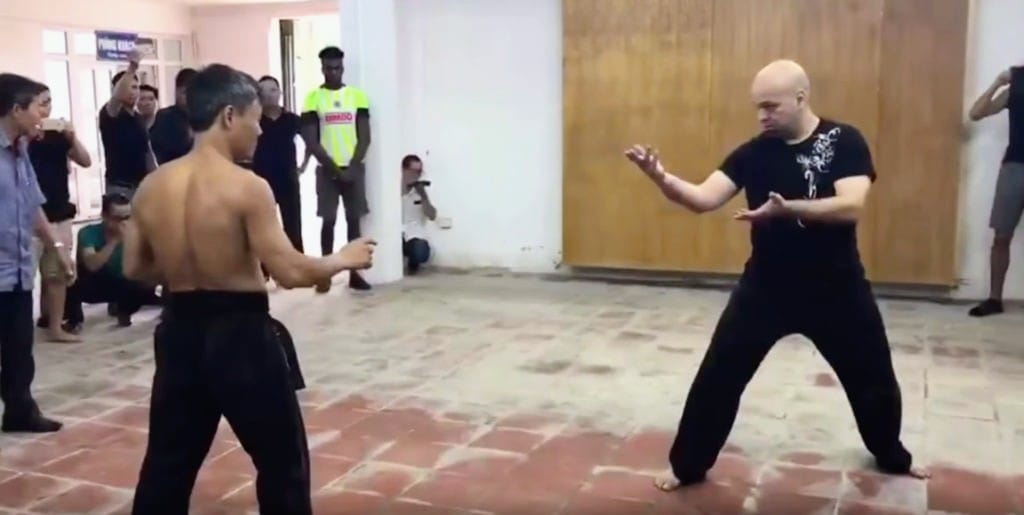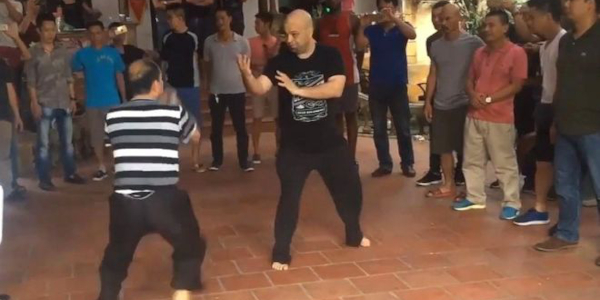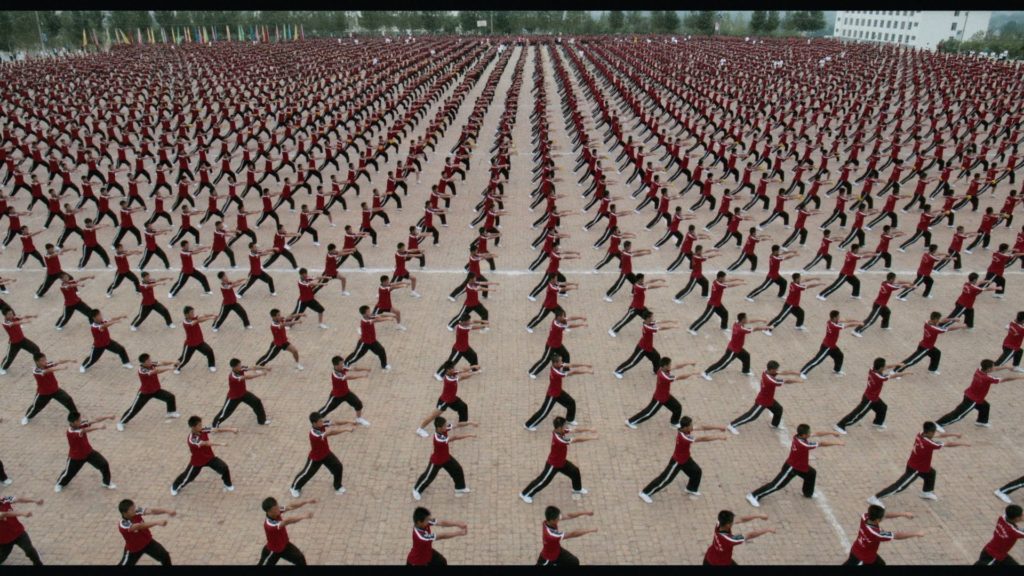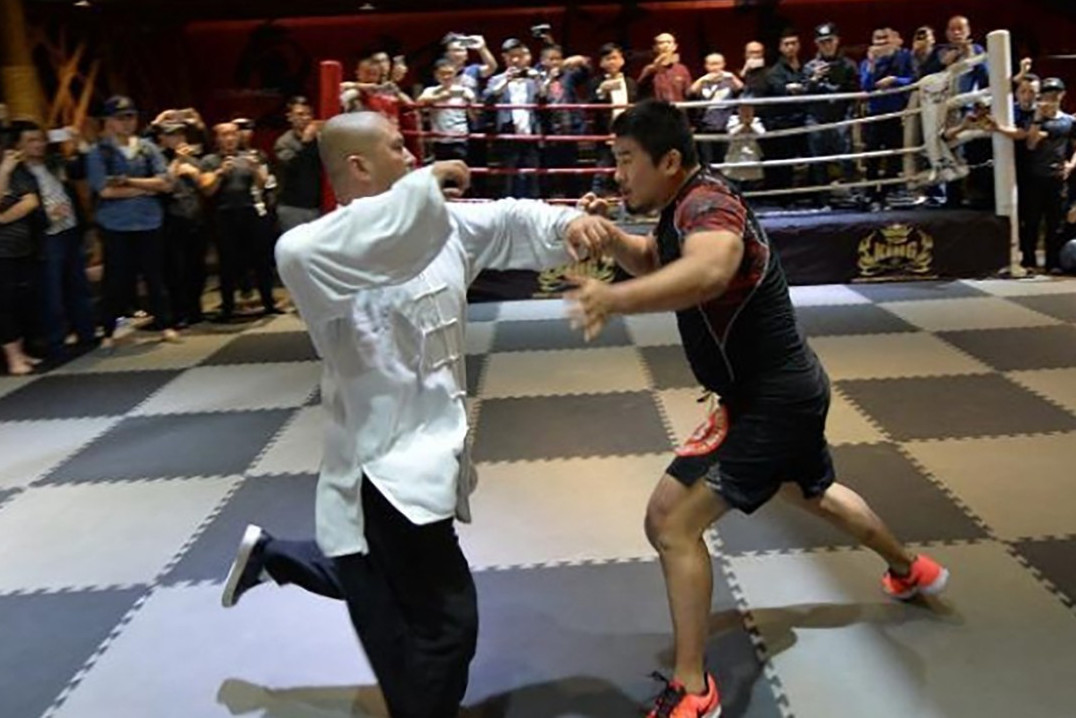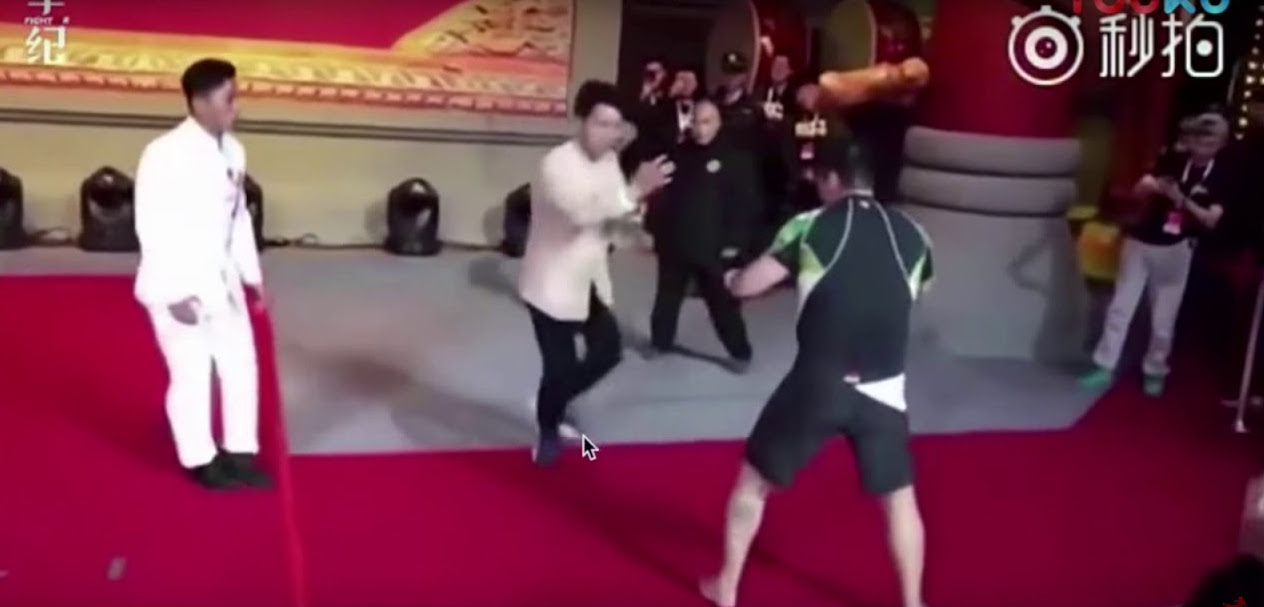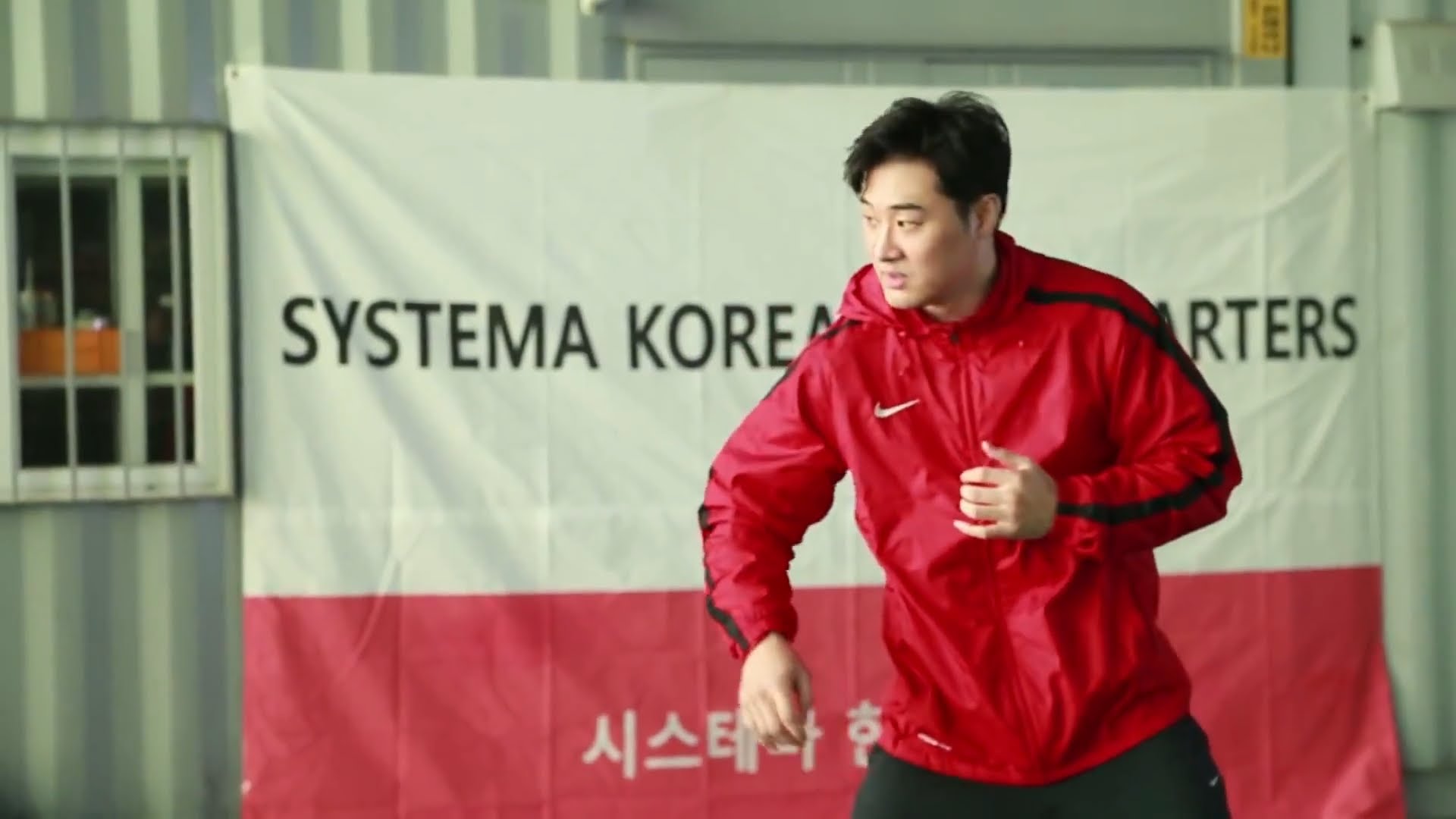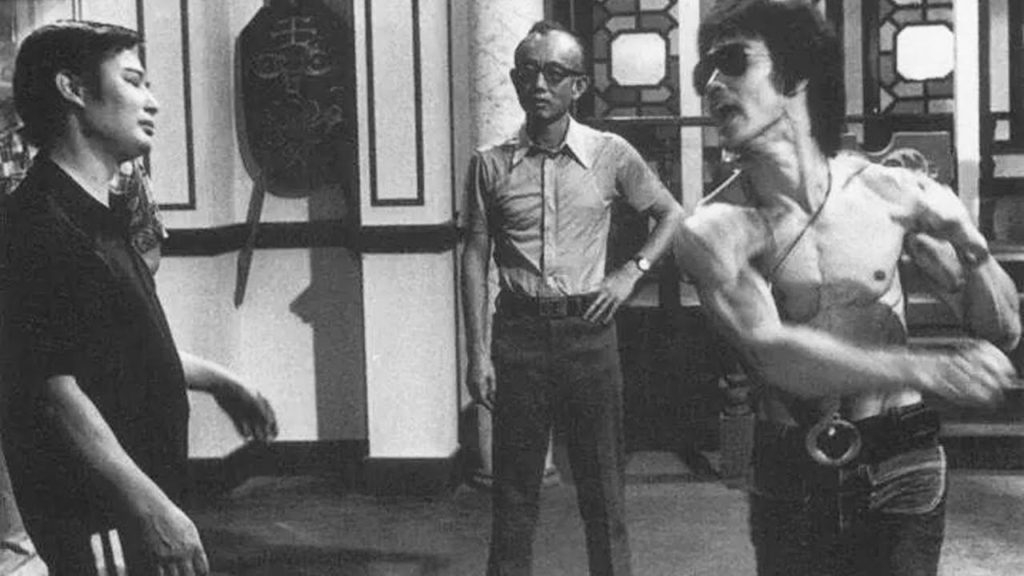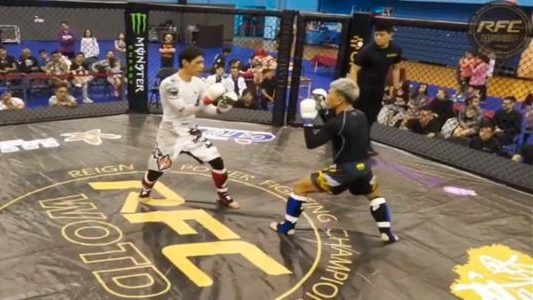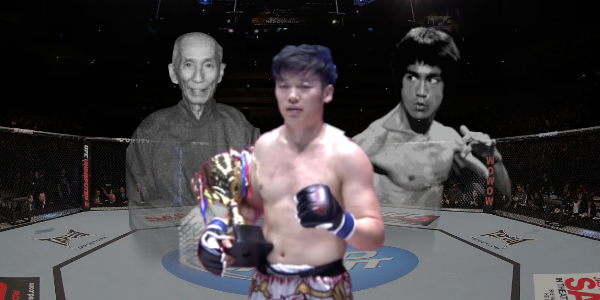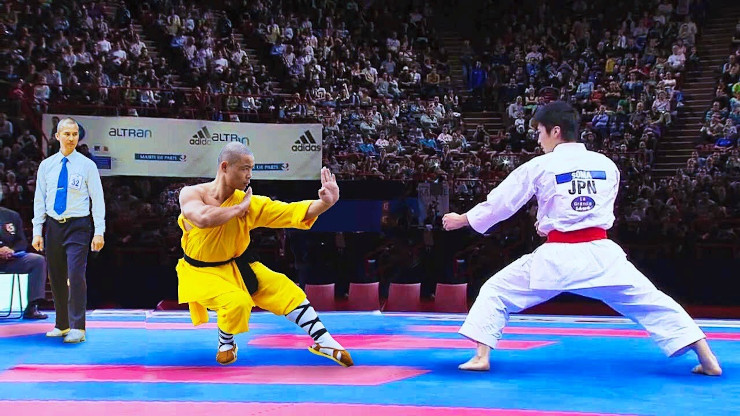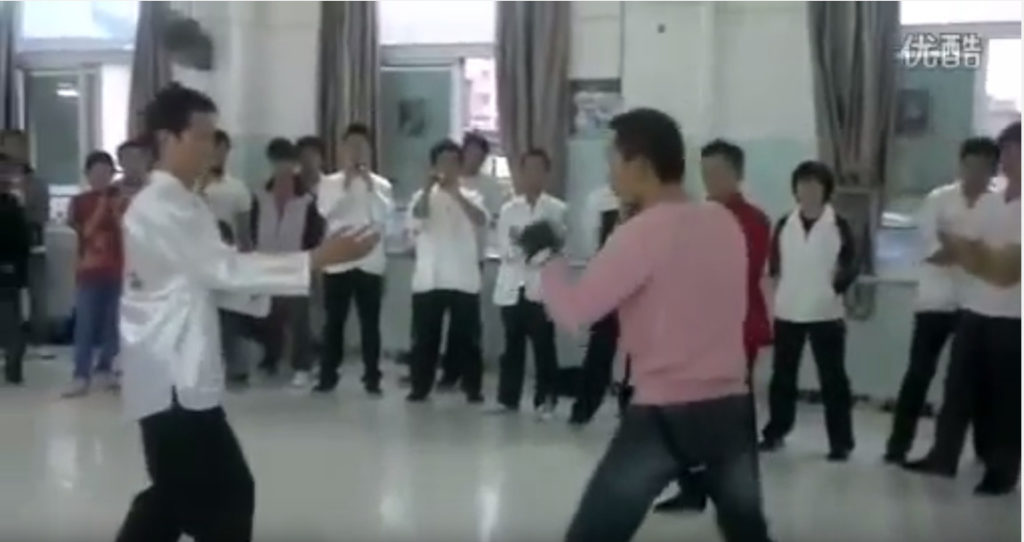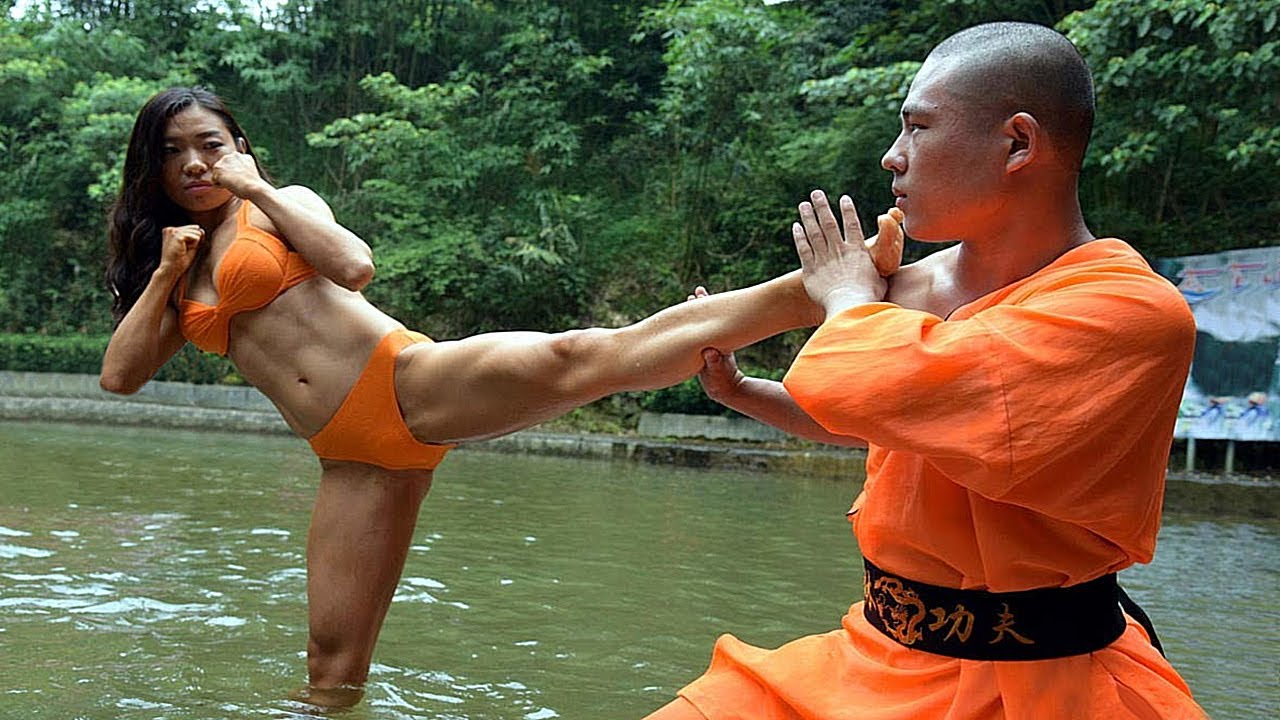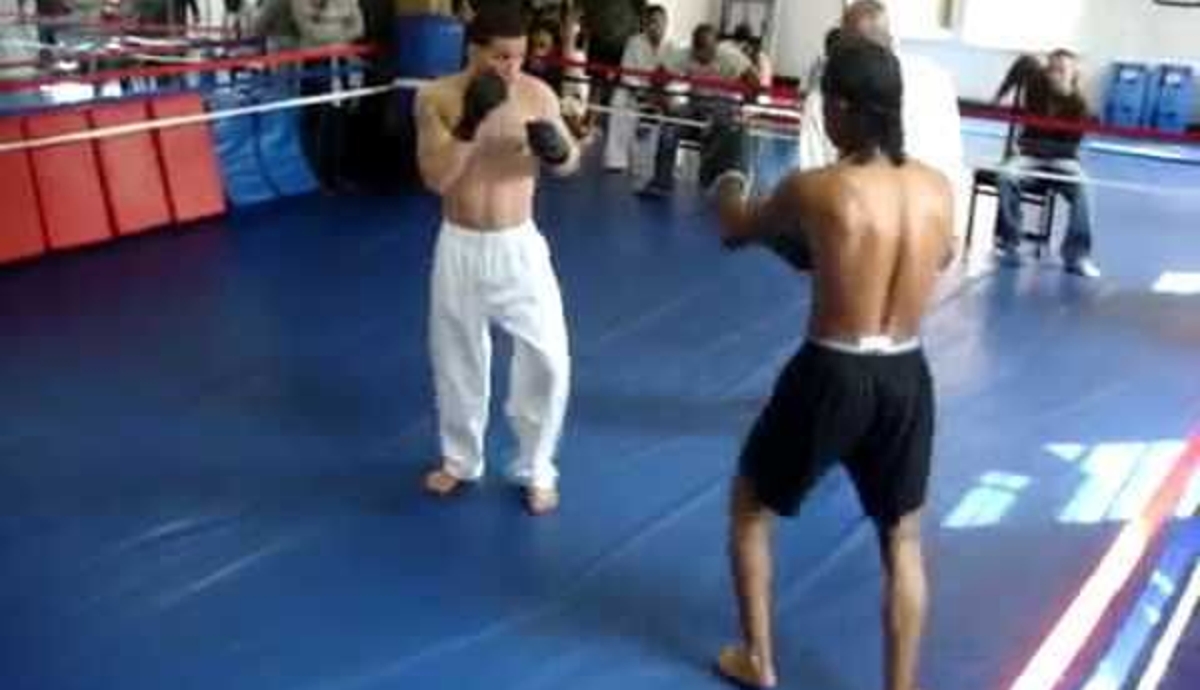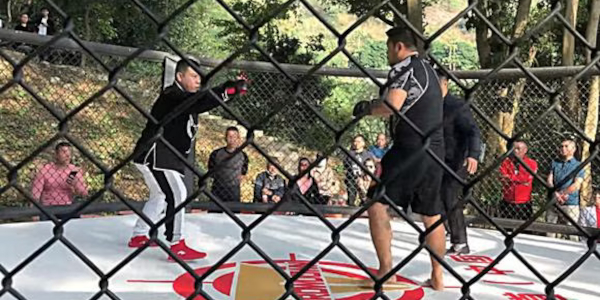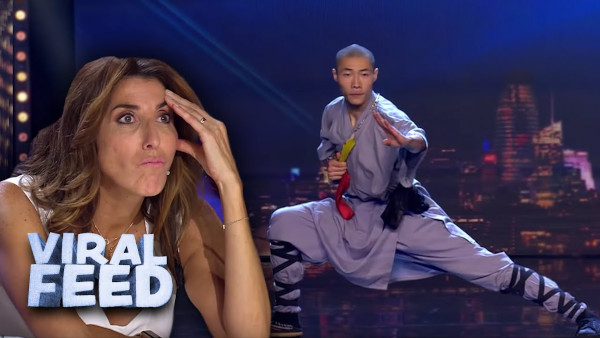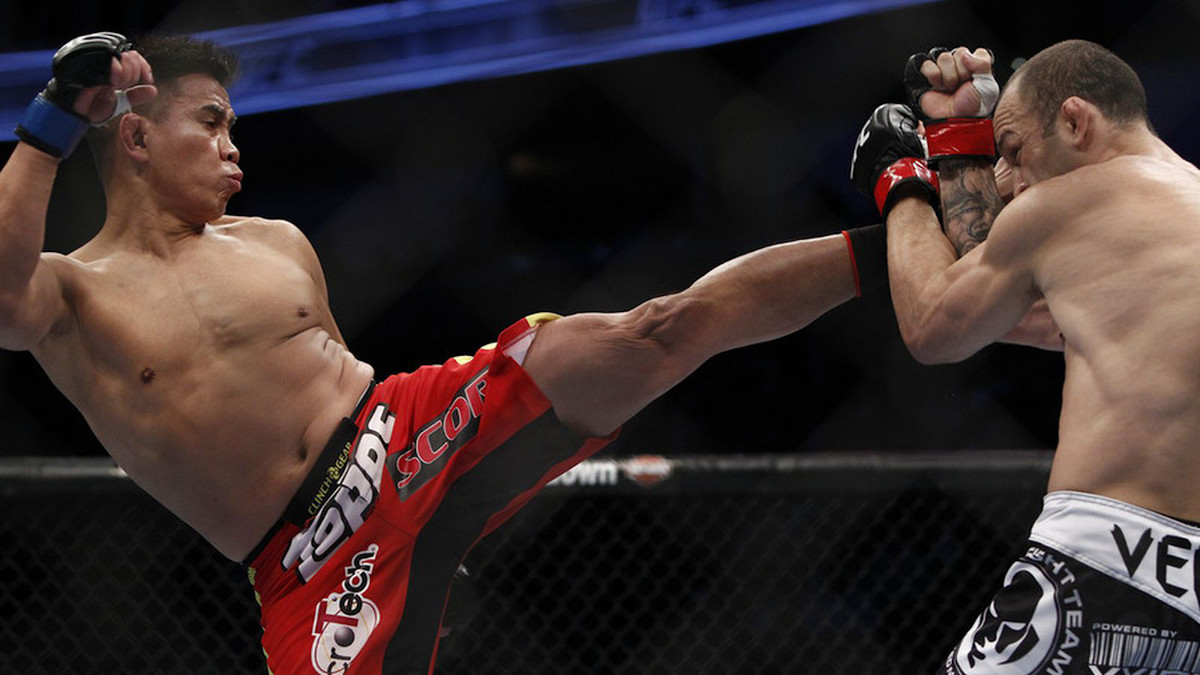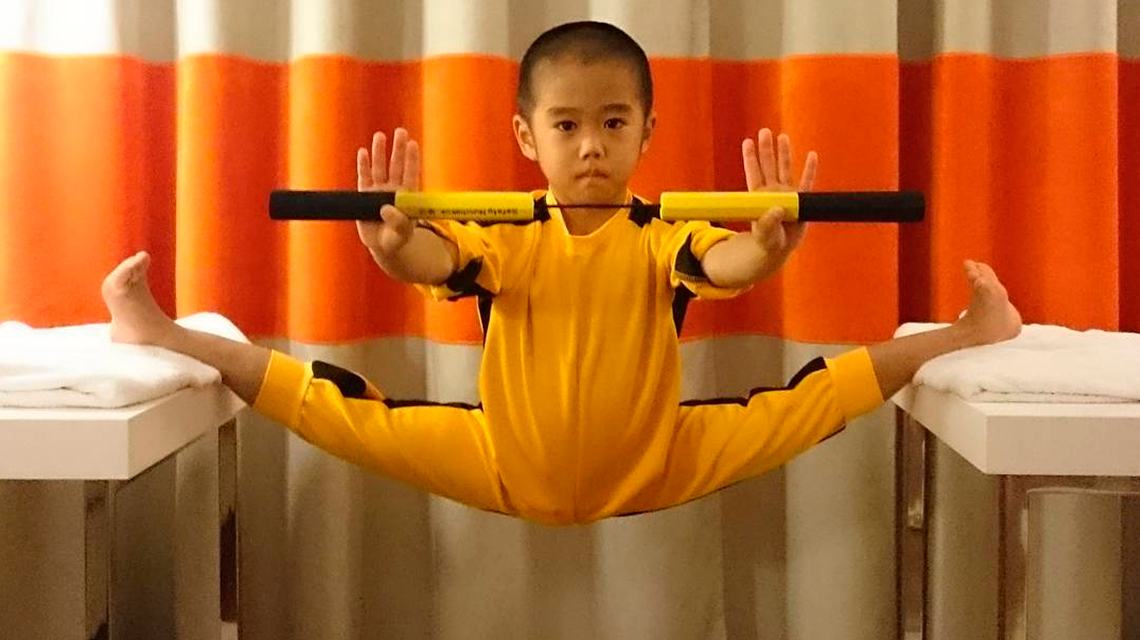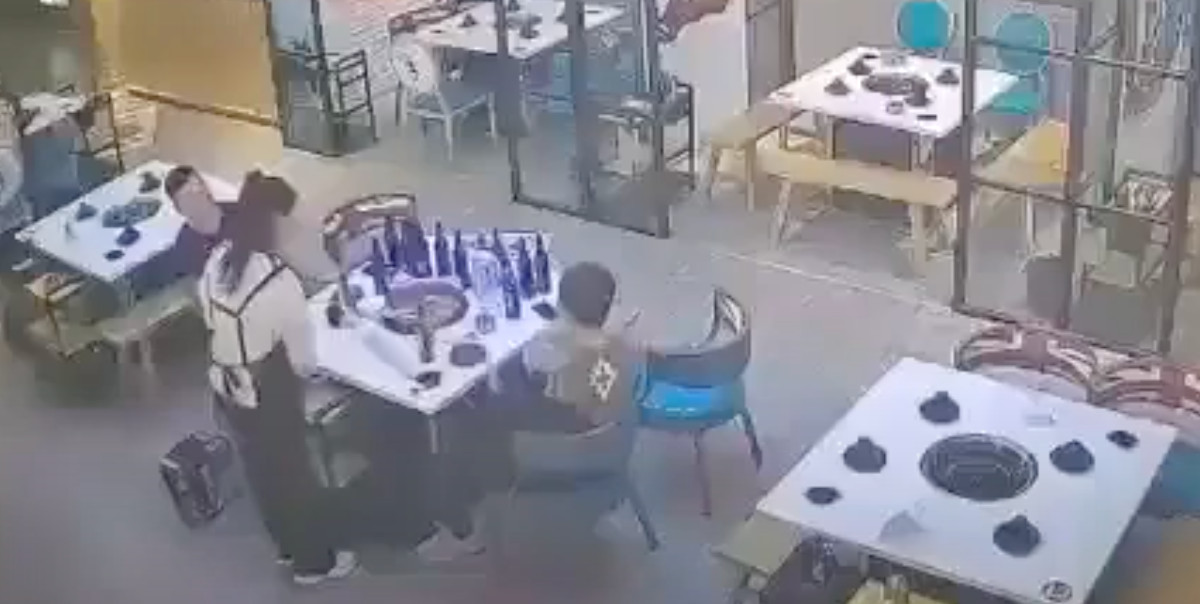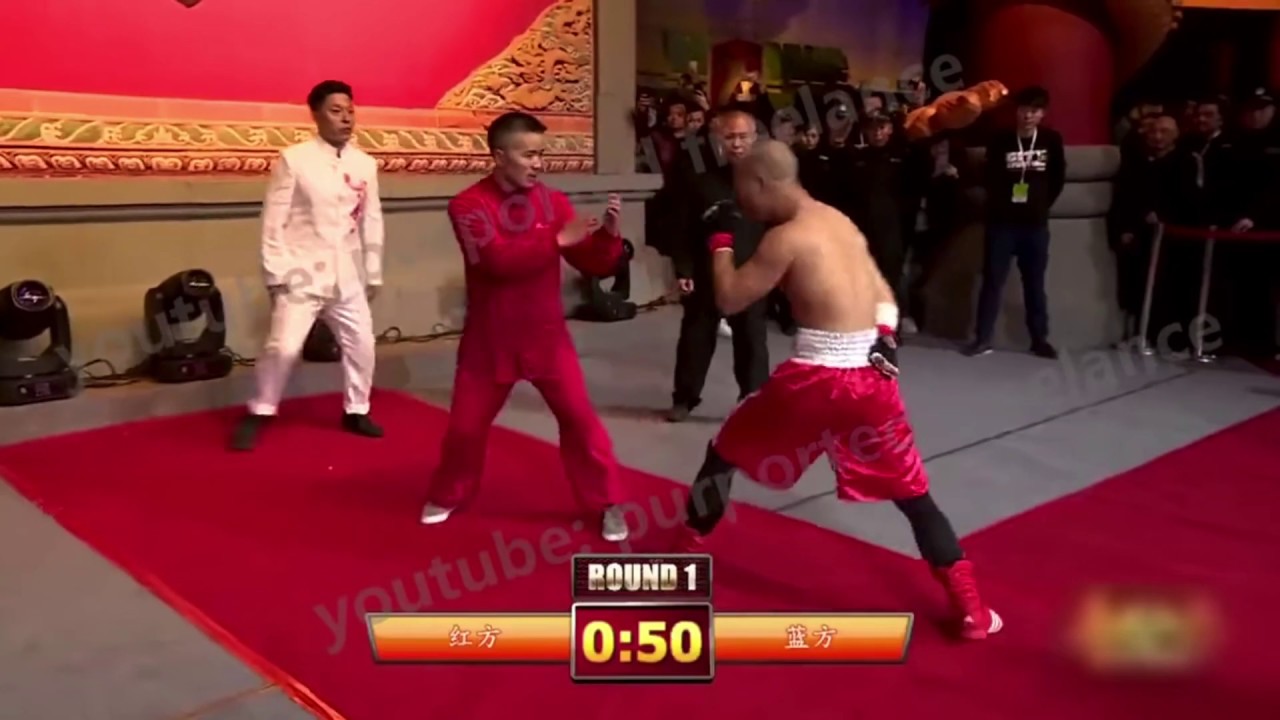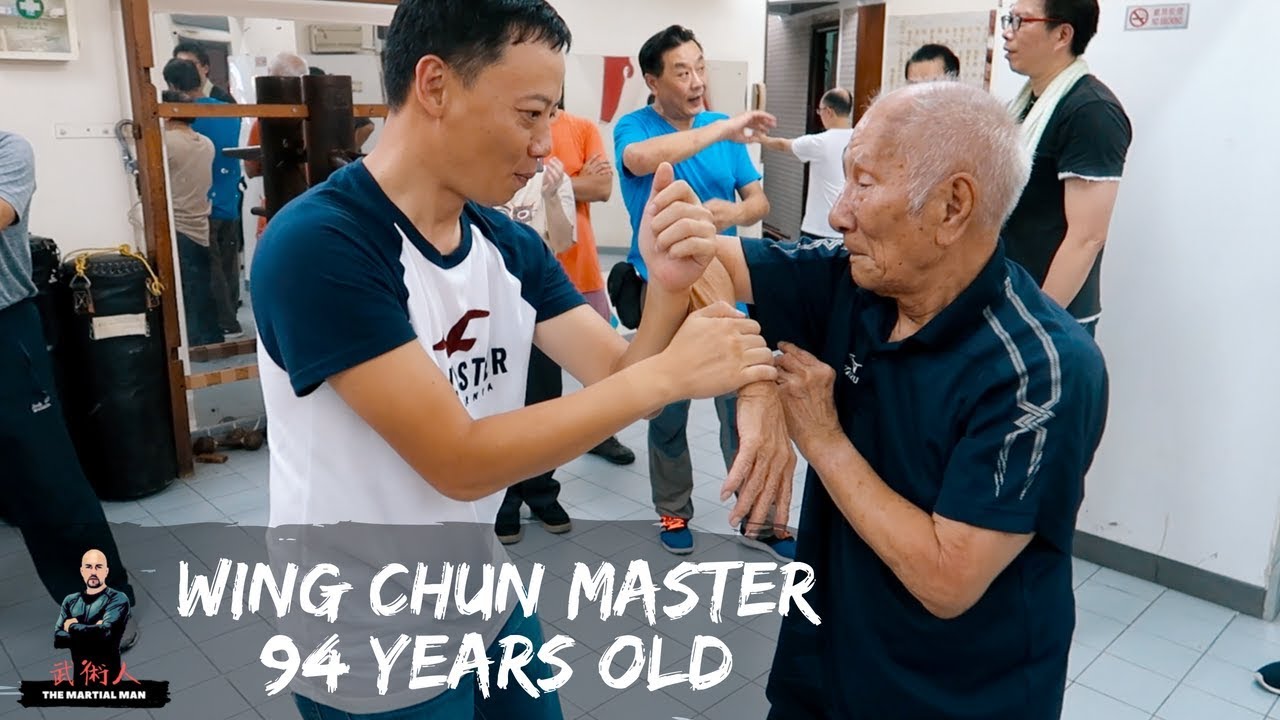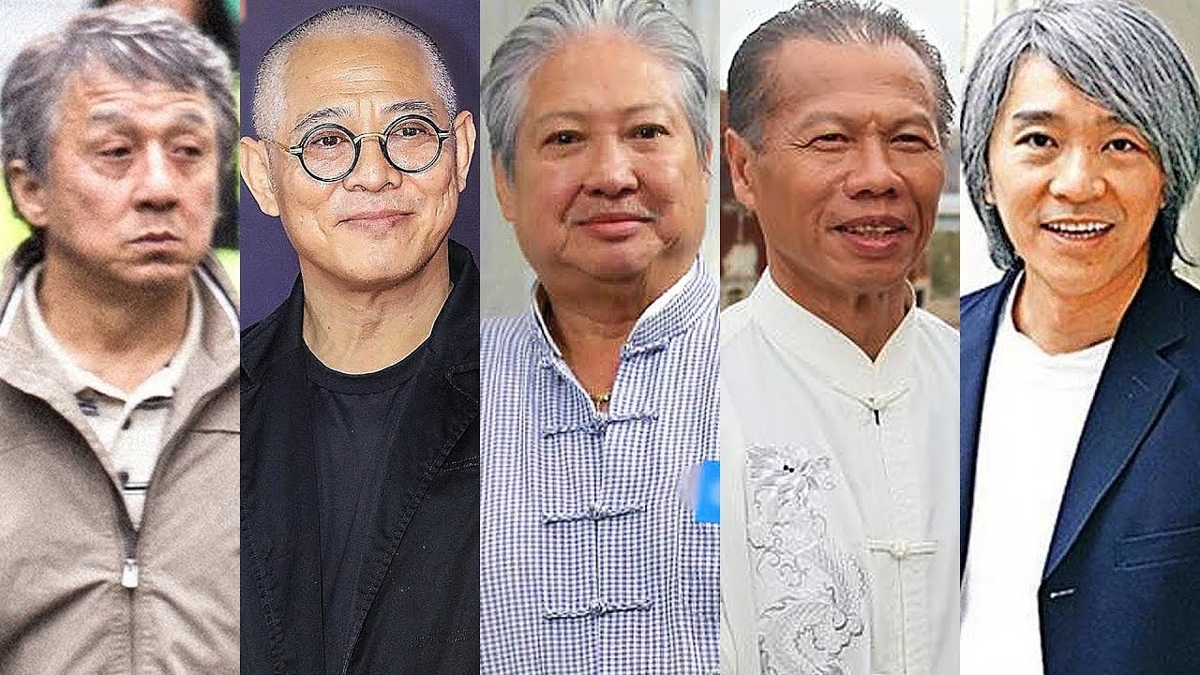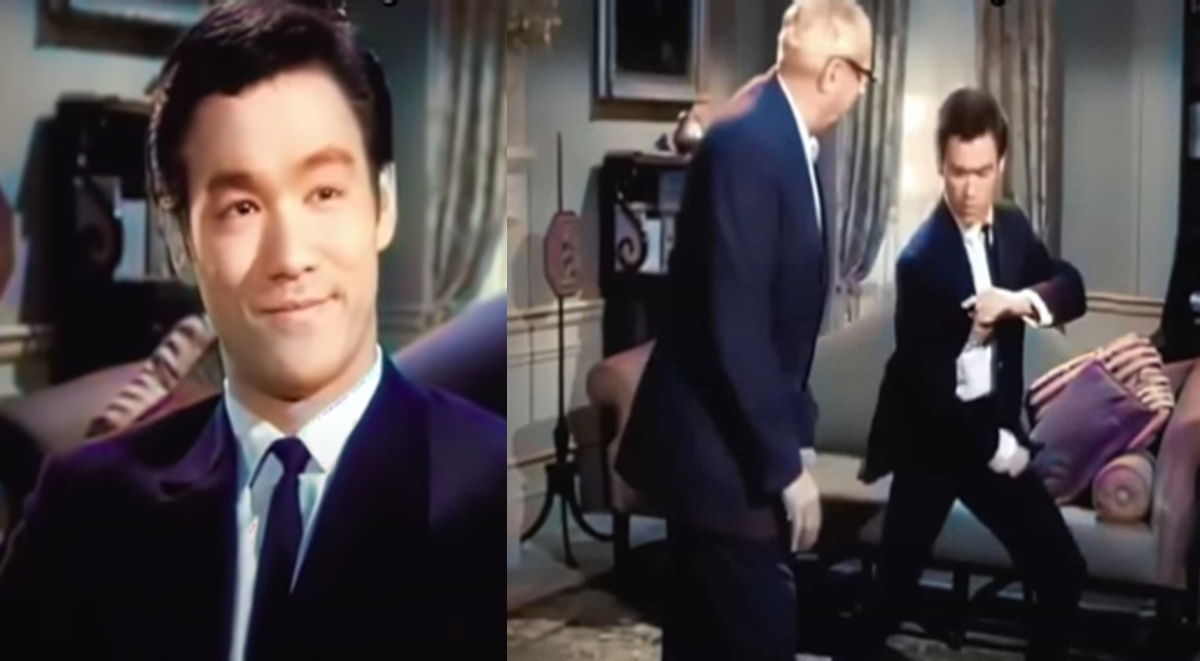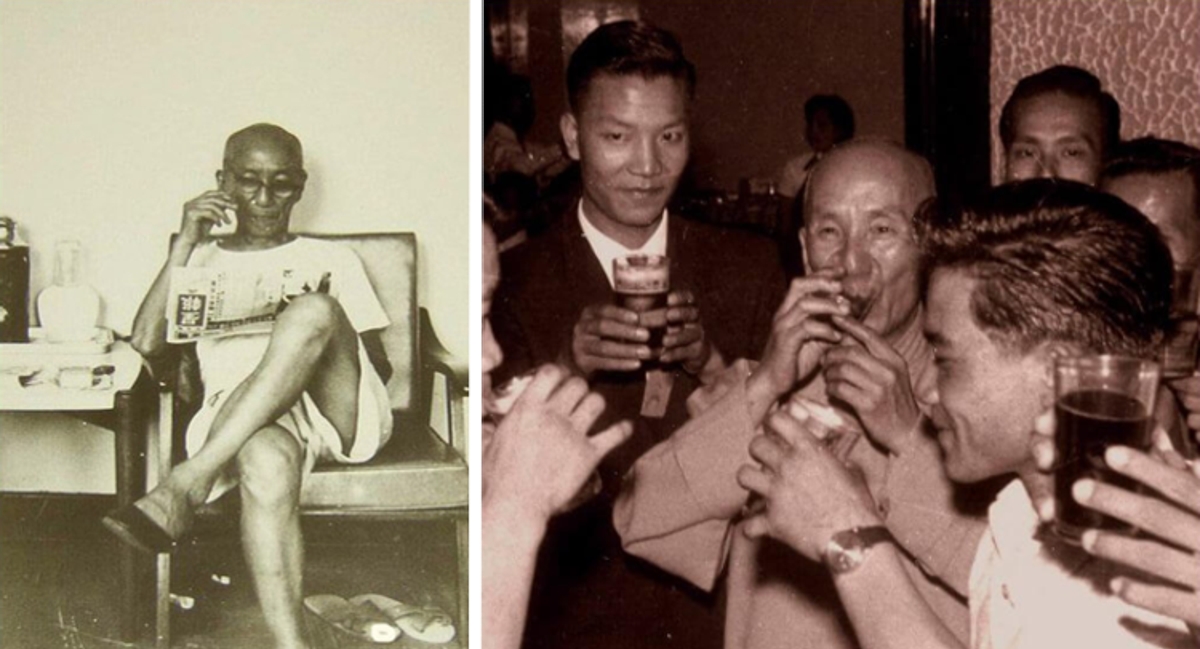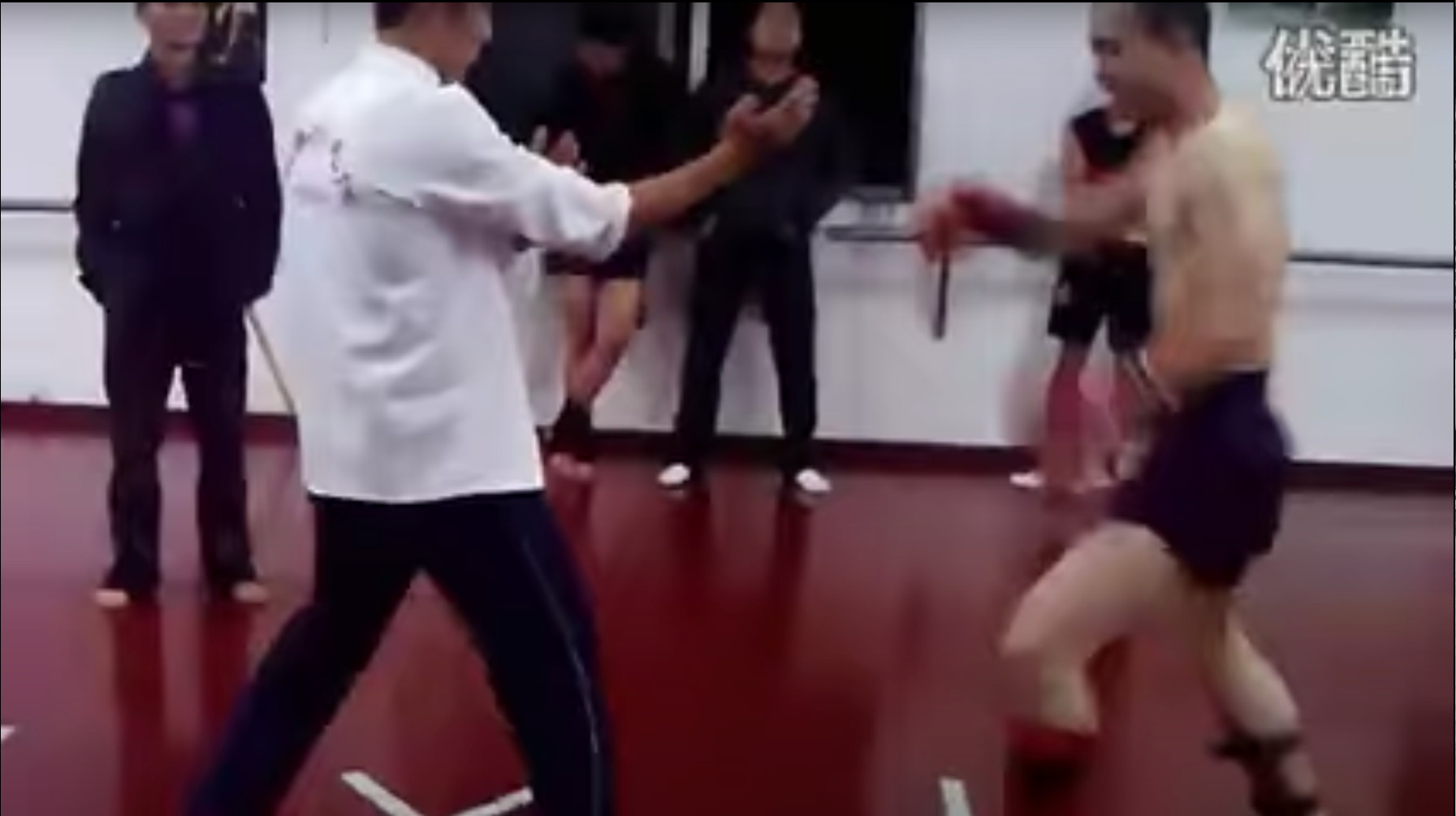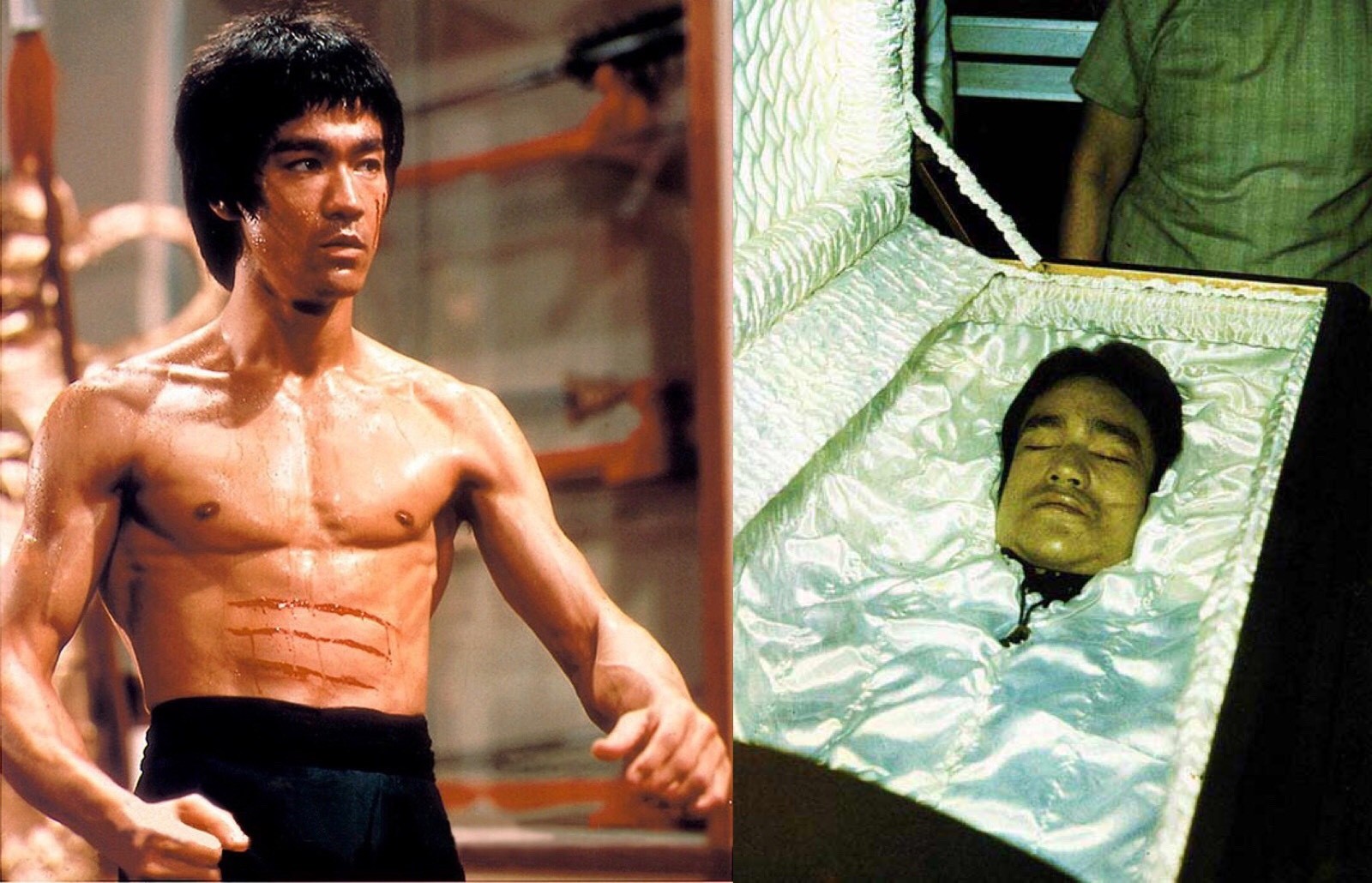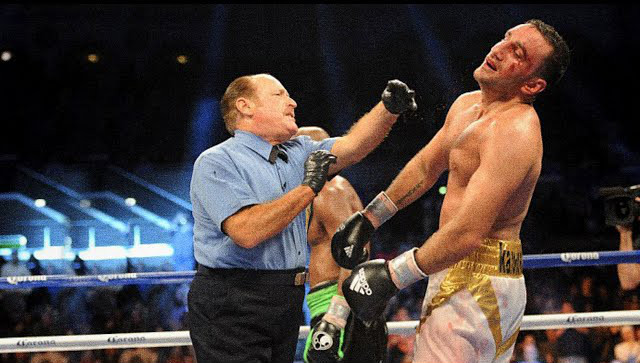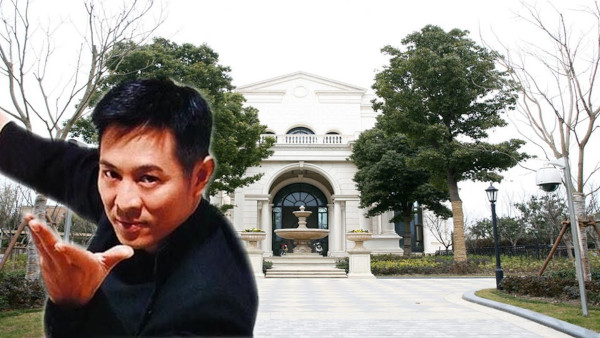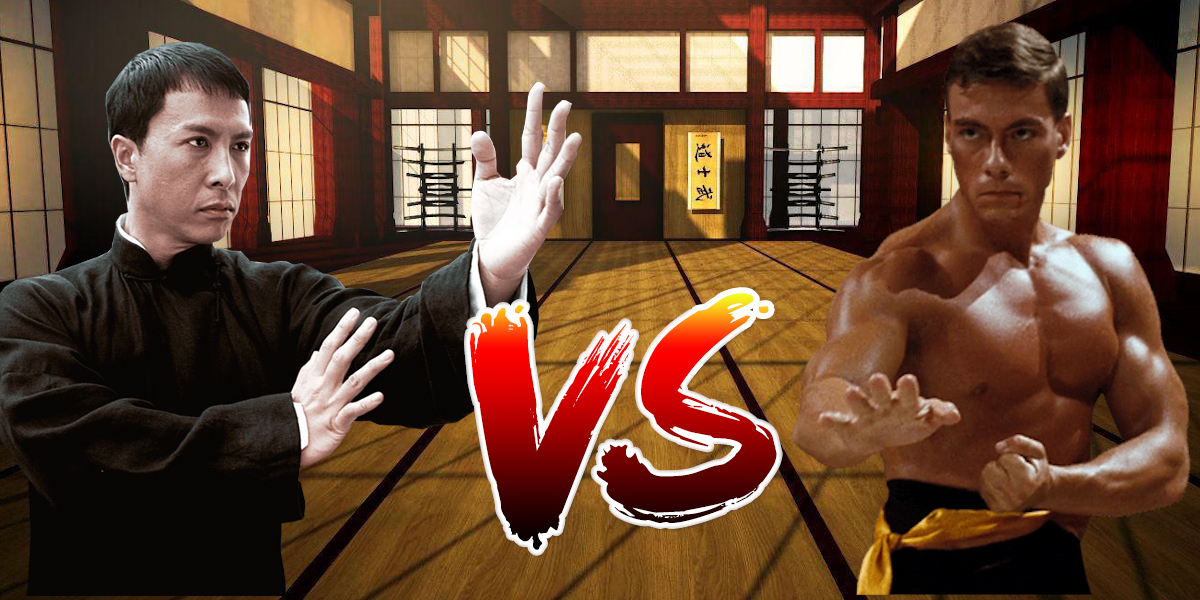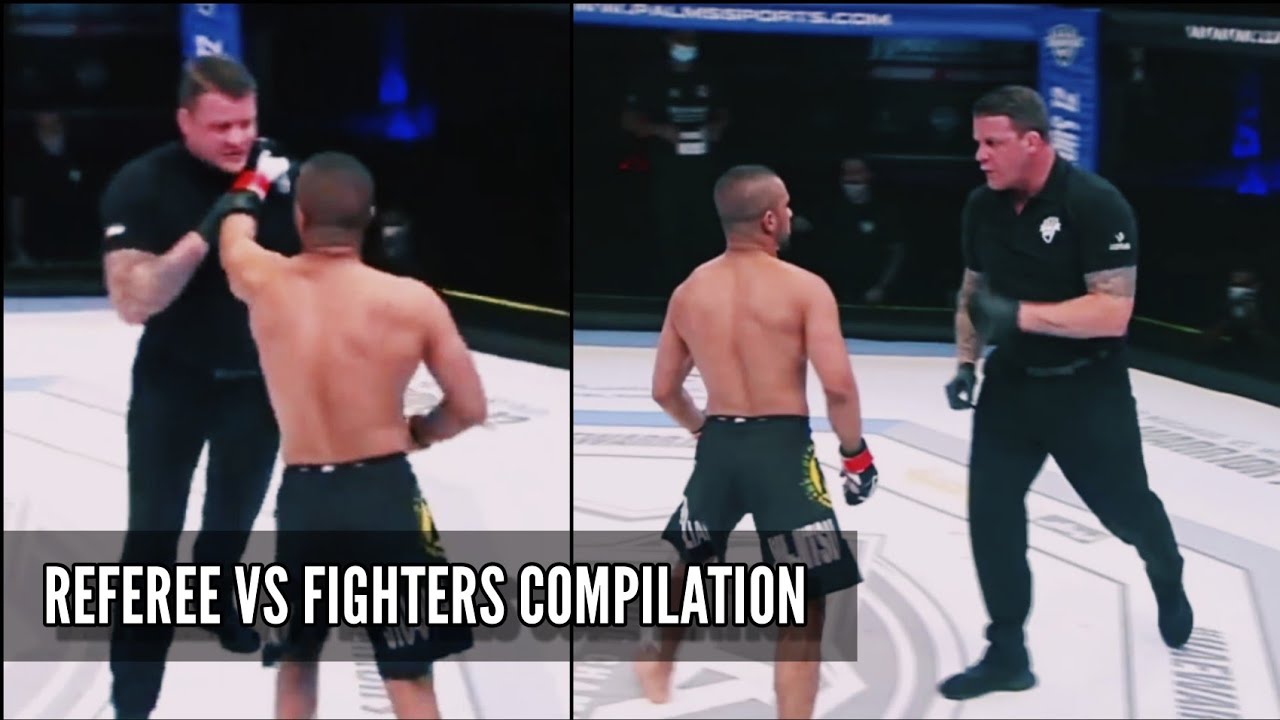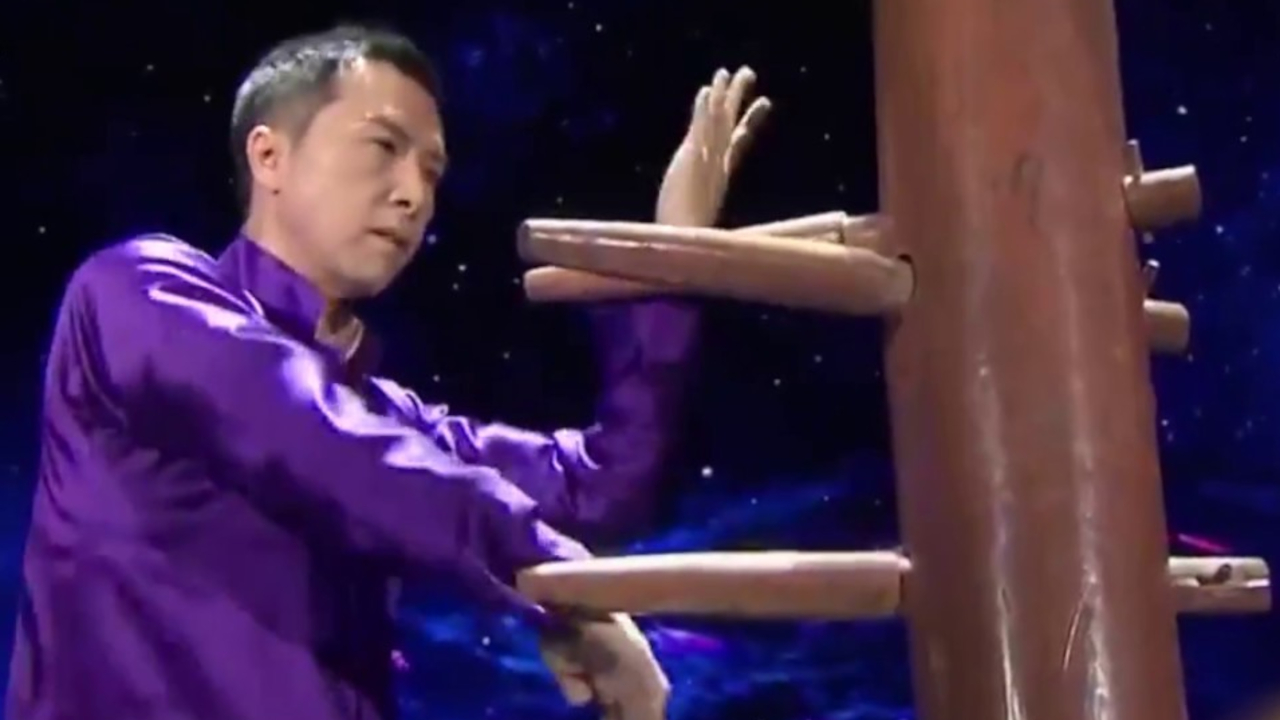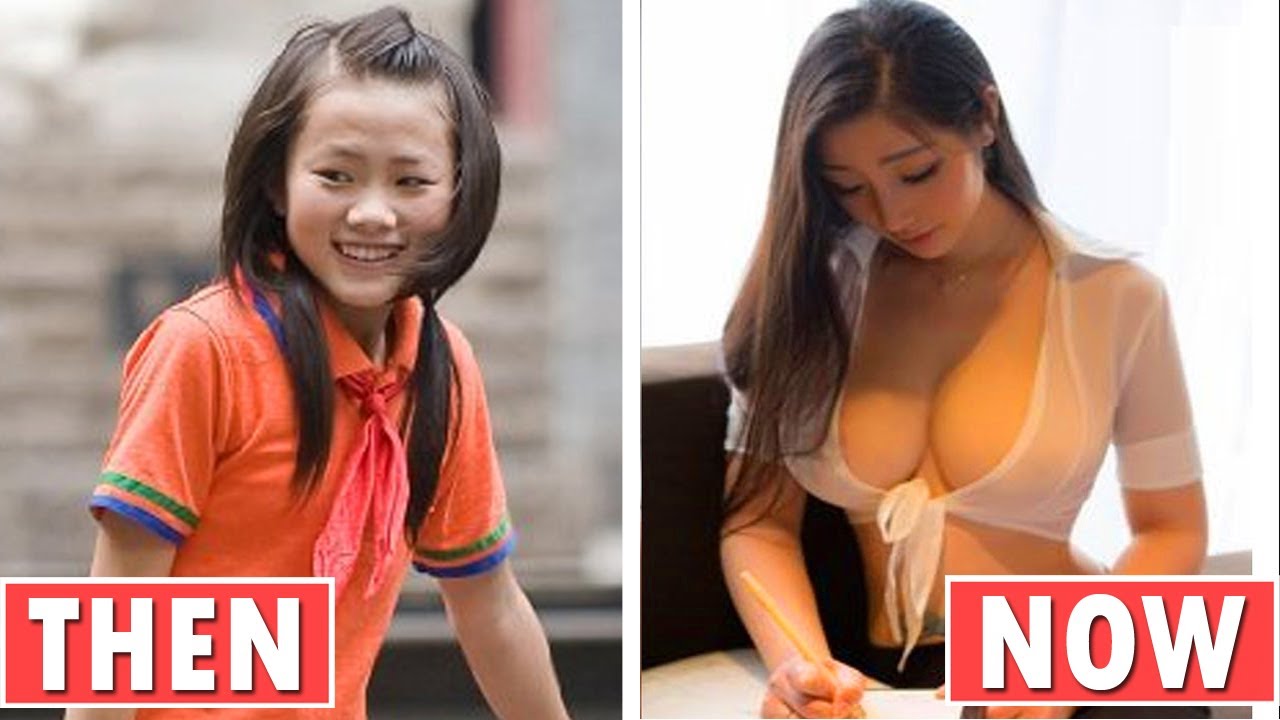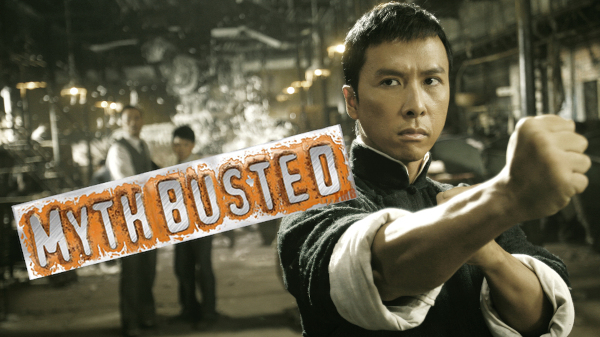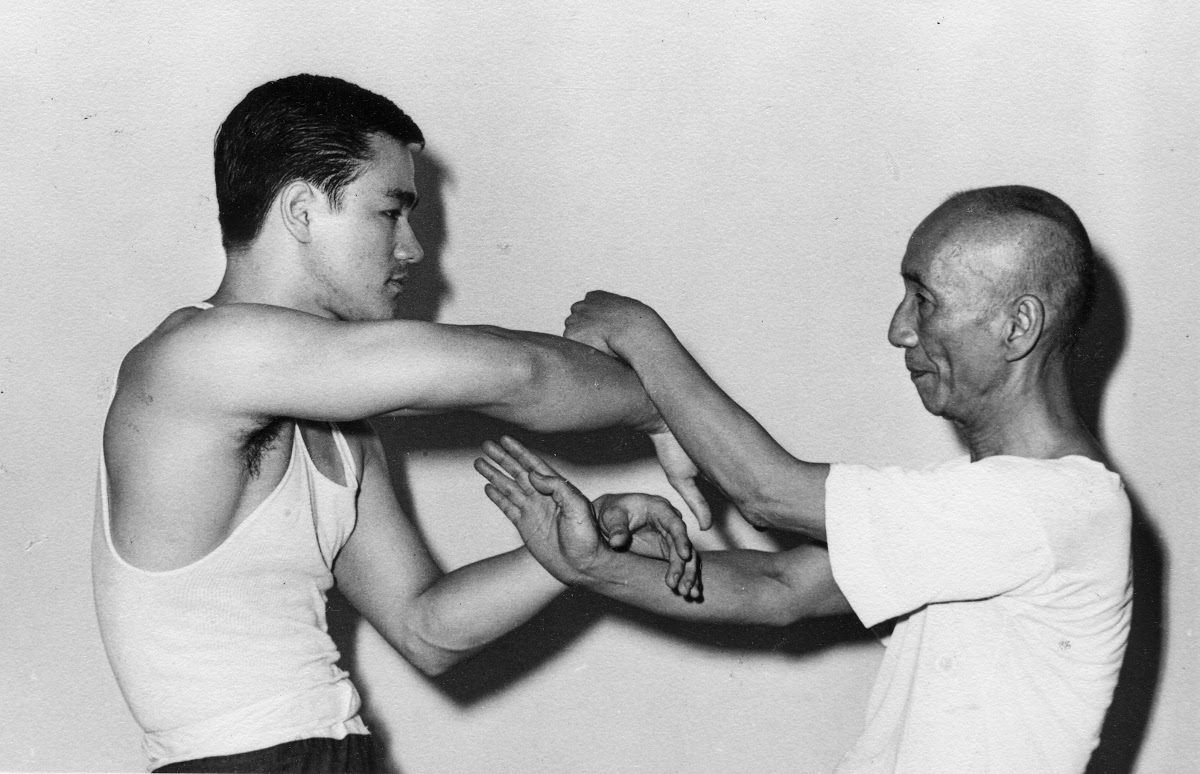Advanced Wing Chun Techniques for Experienced Practitioners
Reading time: 5 minutes
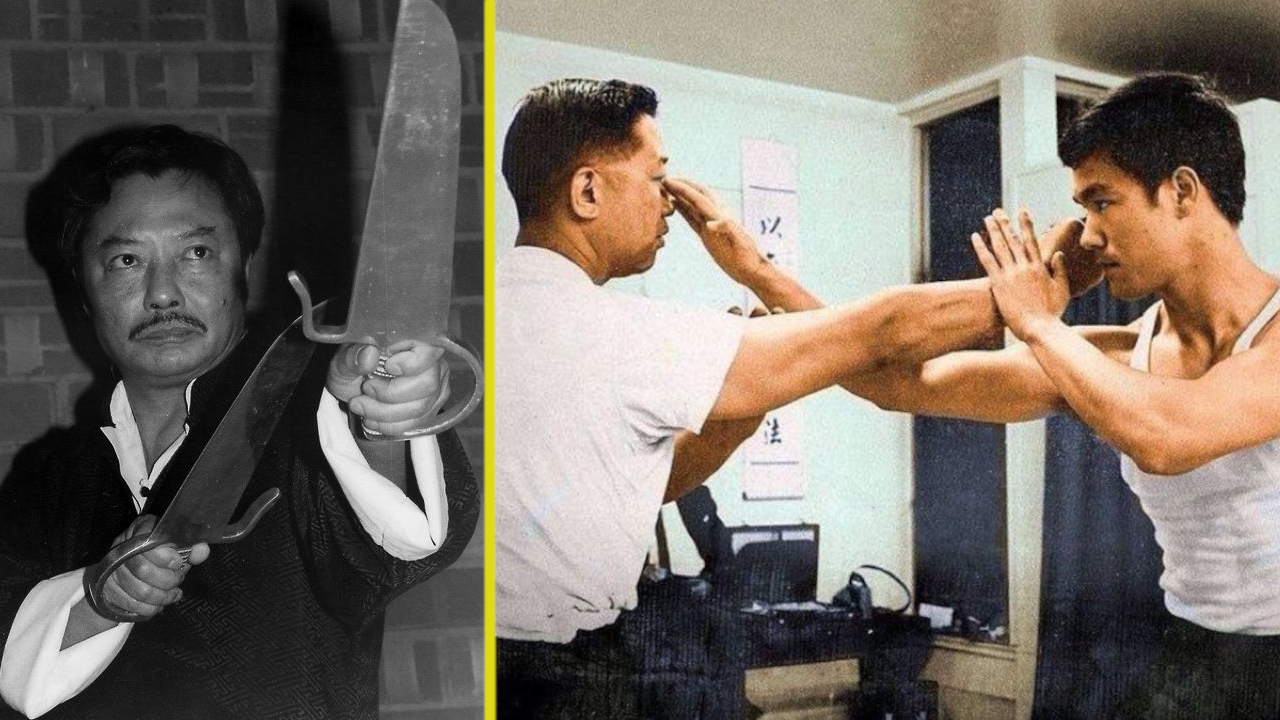
Wing Chun Advanced Techniques
Wing Chun is a martial art that originated in Southern China and has gained worldwide recognition for its practical and effective techniques. Its focus on close-range combat and economy of motion makes it a popular choice for self-defense and combat sports. For experienced practitioners, there are advanced techniques that can take their skills to the next level.
Stress- Testing the Centerline
One of the fundamental principles of Wing Chun is the centerline, which is the imaginary line that runs down the middle of the body. Advanced practitioners understand the importance of the centerline and have developed techniques that allow them to control it effectively.
One such technique is "Lap Sau", which means "grabbing hand". It is used to control the opponent's centerline by trapping their arm and controlling their elbow. This technique is used to disrupt the opponent's balance and neutralize their attacks.
Application of Biu Jee
Another advanced set of techniques can be found in the Biu Jee form, which means "darting fingers". It contains a set of powerful and devastating techniques which is used to strike vital points in the opponent's body. These techniques involve the use of the fingers to strike, poke or gouge the opponent's eyes, throat, and other vulnerable areas. It is a close-range technique that requires speed, accuracy, and precision.
Chi Sau

In addition to striking techniques, Wing Chun also has advanced grappling techniques. One such technique is "Chi Sau", which means "sticky hands". It is a training method that is used to develop sensitivity and reflexes in close-range combat. Advanced practitioners use Chi Sau to control their opponent's limbs and neutralize their attacks. This technique requires a high level of concentration and focus.
Mind the Footwork!
Wing Chun also has advanced footwork techniques that are used to improve mobility, speed, and agility. One such technique is "Pivoting", which involves rotating the body on the ball of the foot to avoid attacks and gain a strategic position. Advanced practitioners use this technique to create angles of attack and avoid being trapped in a corner. It requires good balance, coordination, and timing.
Wooden Dummy
The wooden dummy is an essential training tool in Wing Chun, and advanced practitioners use it to develop their skills further. The wooden dummy is a wooden structure with three arms and a leg that simulates an opponent. Advanced practitioners use the wooden dummy to practice their techniques, refine their footwork, and develop power and precision in their strikes.
Training with Wing Chun Weapons
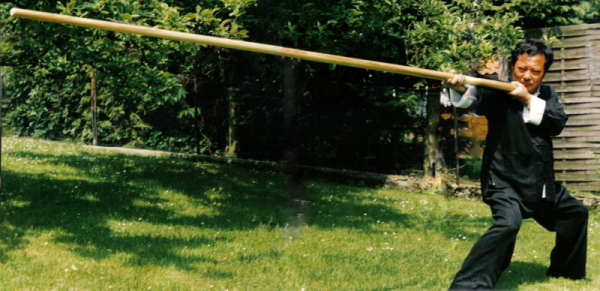
In Wing Chun, the use of weapons is also an integral part of the training. The most common weapons used in Wing Chun are the butterfly swords and the long pole. Advanced practitioners use these weapons to enhance their techniques, increase their range, and add power to their strikes. The use of weapons in Wing Chun requires a high level of skill and precision, and advanced practitioners spend years mastering them.
Train the Correct Mindset
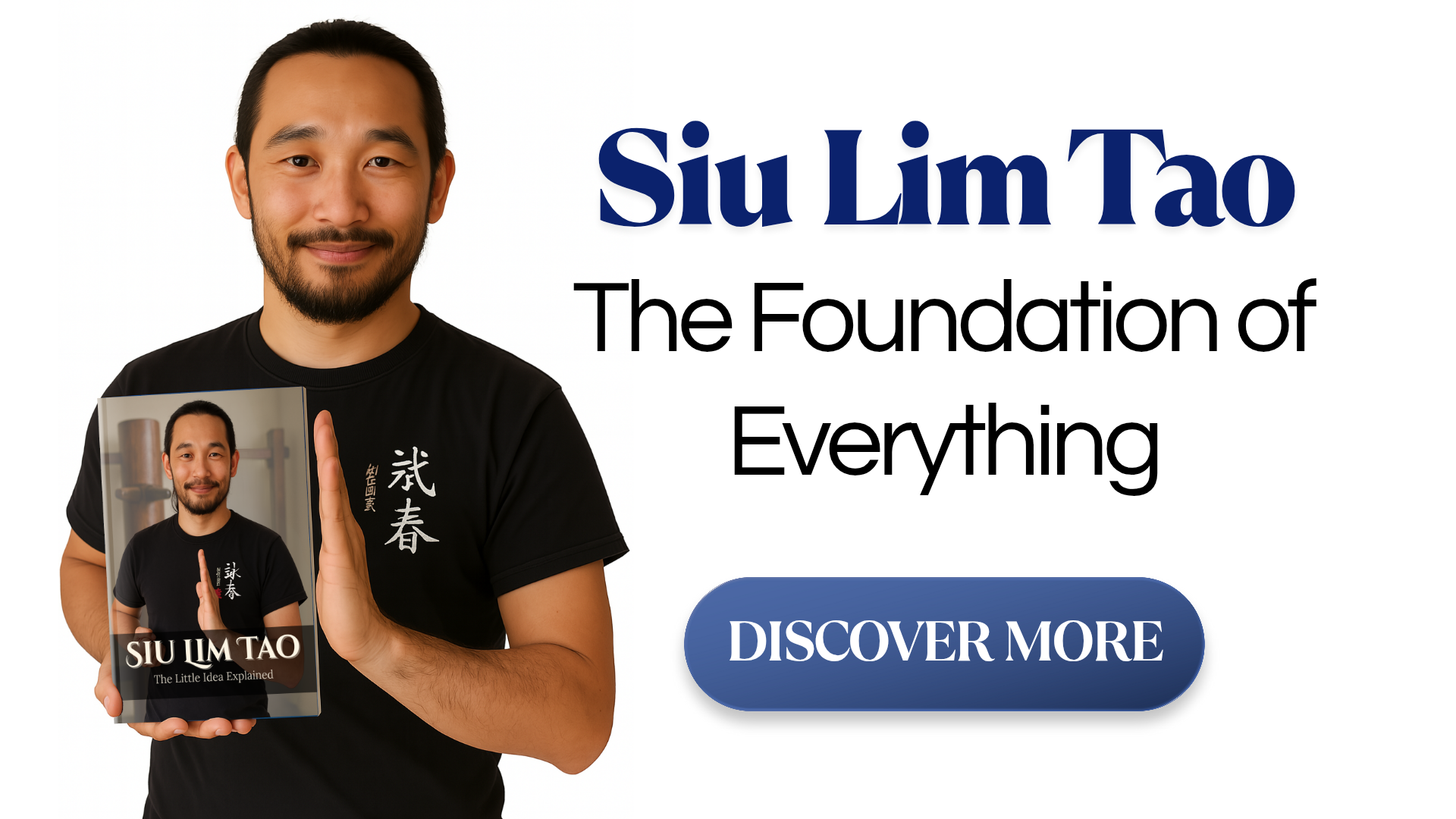
To become an advanced Wing Chun practitioner, one must have a deep understanding of the principles, techniques, and training methods. It requires years of dedicated practice, hard work, and discipline. Advanced practitioners are always learning and refining their techniques, and they understand that there is always room for improvement. They have a deep respect for the art and its history and strive to preserve its traditions.
Conclusion
In conclusion, advanced Wing Chun techniques for experienced practitioners are essential for taking their skills to the next level. These techniques include striking, grappling, footwork, and the use of weapons. Advanced practitioners understand the importance of the centerline, develop sensitivity and reflexes through Chi Sau, and use the wooden dummy to refine their techniques.
They also use weapons such as the Butterfly knives and the Long Pole to enhance their techniques and increase their range. To become an advanced practitioner, one must have a deep understanding of the principles, techniques, and training methods and must be dedicated to years of hard work and discipline.
Thank you. Your comment will be approved shortly.
Comments
Thank you. Your comment will be approved shortly.
Thank you. Your comment will be approved shortly.
Thank you. Your comment will be approved shortly.
Thank you. Your comment will be approved shortly.
Thank you. Your comment will be approved shortly.

